
Müller-Thurgau is the comeback kid of white wine—once an overproduced workhorse, now a fresh, floral, and versatilecharmer. In this profile, we explore its origins, styles, sensory profile, top producers, food pairings, sustainability edge, and how it compares to Riesling—plus tips for selecting a bottle that consistently delivers value.
Müller-Thurgau is an aromatic white wine made from a grape of the same name – a 19th-century crossbreed created in 1882 by Swiss botanist Dr. Hermann Müller (from the canton of Thurgau) between Madeleine Royale and Riesling Sylvaner. The result of this genetic research was the Müller-Thurgau grape, which ripens weeks before Riesling, grows happily in almost any soil, and produces fragrant wines with notes of orange blossom, elderflower, and juicy fruits like green apple and peach.
By the 1970s, Müller-Thurgau was Germany’s most planted grape, the agricultural equivalent of a smash pop single. It was beloved by growers for its reliability and high yields, and by merchants for its marketability. But like many overnight sensations, its rise carried a cost: overproduction led to oceans of bland, characterless wine. For decades, Müller-Thurgau’s name was shorthand for “cheap white blend.”
Fast forward to today, and the story has shifted. Quality-minded producers in Germany, Italy, Austria, and beyond are proving that Müller-Thurgau can be much more than a mass-market workhorse. In the right hands, it’s approachable yet distinctive, versatile yet terroir-expressive – a wine that’s as comfortable at a picnic as it is on a tasting menu.
Winemakers praise this wine due to Müller-Thurgau's versatility: its early ripening means less weather risk, and its naturally low tannin means it doesn’t require aggressive handling. Most modern examples aim to preserve freshness and aromatics:
Some producers take creative liberties. In Germany, Fritz Müller employs the Charmat method to produce a lightly sparkling Perlwein, which has been dubbed “the German answer to Prosecco.” In Baden, Enderle & Moll ferment on the skins to create an amber-hued, textural natural wine with herbal and citrus complexity. In Oregon’s Willamette Valley, Anne Amie ages on fine lees for added roundness without dulling freshness.
These approaches show Müller-Thurgau’s adaptability – it can be light and spritzy, softly off-dry, or even savoury and structured, depending on the winemaker’s vision.
Aromas: Delicate but inviting – with floral aromas of orange blossom, elderflower, jasmine, and subtle fruity notes of white peach, green apple. Sometimes, you may notice a grapey quality reminiscent of Muscat wines.
Palate: Light to medium-bodied, with moderate acidity and a smooth, rounded texture. Flavours echo the nose with peach, apple, melon, and hints of citrus zest.
Finish: Clean, short to medium, sometimes with a herbal or nutmeg note, and a slightly refreshing character.
Think of it this way: if Riesling is a laser beam, Müller-Thurgau is a warm desk lamp – softer, gentler, but still illuminating.
Müller-Thurgau’s moderate acidity and floral fruitiness provide a harmonious balance for different dishes:
And sometimes the best pairing is nothing at all – just a chilled glass on a warm afternoon.
Müller-Thurgau was bred for cool climates – places where Riesling might struggle to ripen fully.
The highest quality examples come from Germany, particularly Rheinhessen, Baden, Pfalz, and Franconia, where the grape still covers thousands of hectares. German wines from this grape are produced as an everyday table wine and, increasingly, in crisp dry styles marketed as Rivaner.
Austria also embraces Müller-Thurgau, especially in the eastern regions, where it’s valued for early-release wines that capture the freshness of the harvest. Luxembourg produces dry, floral versions under the name Rivaner – local staples for casual drinking.
In Italy’s Alto Adige, the variety thrives at high altitudes (500–700 meters), where cool nights lock in acidity and bring a mineral backbone. Elena Walch’s Müller-Thurgau, from Dolomite vineyards, is a benchmark for this Alpine style.
This wine is also produced across all Swiss wine regions, with particular prevalence in the cantons of Thurgau, Aargau, and Graubünden. The region of Thurgau, for example, is recognized not only for its picturesque vineyards, but also for its fresher take on Müller-Thurgau wines.
Beyond Europe, where it is most widely planted, this varietal has found some niche homes worldwide:
Its global spread proves the point: Müller-Thurgau can adapt to flat river plains or steep, stunning landscapes above sea level, and shape to the unique terroir of each setting.
Müller-Thurgau can be produced in various styles:
In Germany, it’s usually Qualitätswein (QbA); in Alto Adige, it falls under DOC rules. The best examples, regardless of classification, come from producers who limit yields and harvest for flavour, not tonnage.
Serving and storing Müller-Thurgau wines properly will help enhance your tasting experience. Here are some helpful tips to enjoy these wines at their best:
Müller-Thurgau, a cross between Madeleine Royal and Riesling Silvaner, is usually compared with the wines produced from the latter grape, due to its aromatic intensity and body.
Riesling is the surgical instrument; Müller-Thurgau is the everyday multitool.
Early ripening allows growers to harvest before autumn rains, which reduces disease pressure and the need for spray passes, a practical benefit for lower-input farming. The flip side is vigour and mildew susceptibility, so sustainable Müller-Thurgau relies on airflow and balance: wider row spacing, thoughtful leaf removal, and cover crops to curb vigour, improve soil structure, and support beneficial insects.
Many producers now limit yields (fewer clusters, no late nitrogen) to boost concentration and natural resilience rather than propping vines up with fertilizers. In the cellar, sustainability is reflected in the use of lighter bottles, screw caps, or crown caps for Perlwein, as well as some value tiers, and bulk shipping with local bottling to reduce transport emissions. Because Müller-Thurgau often falls within the 10–12% ABV range, it naturally suits a lower-alcohol, lower-footprint drinking occasion.
As the climate warms, growers are moving plantings upslope and northward to preserve freshness; in cooler or emerging zones, the grape’s early, reliable ripening makes it a “bridge variety” that keeps regions viable without heavy intervention. In short: modern, sustainable Müller-Thurgau is low-input in the vineyard, light-handed in the cellar, and light on packaging—a simple, scalable recipe that aligns with its everyday appeal.
In Europe, Müller-Thurgau remains widely available, from supermarket staples to Alpine DOC bottlings, while in North America, it’s reappearing as a “staff pick” value aromatic in indie shops and on by-the-glass lists.
Ultimately, it’s not a hype rocket. More of a steady, high-value lane that’s expanding as drinkers seek refreshment, authenticity, and price sanity.
Historically, Müller-Thurgau democratized wine, rebuilding post-war volumes and introducing millions to aromatic whites, only to take the blame when quantity outpaced quality. Its modern role is humbler but healthier: local hero, gateway grape, and experimental canvas.
It provides growers with a reliable, early-ripening option, giving winemakers room to innovate (such as sparkling, skin-contact, and litre formats), and offers consumers a low-friction path into floral, food-friendly whites without premium pricing. Educators use it to teach the difference between sweetness and acidity, as well as the impact of altitude; buyers use it to balance lists with an affordable aromatic.
Looking forward, Müller-Thurgau is a quiet asset for regional resilience—a credible white for cooler edges and higher elevations as climates shift. Not a diva, but a dependable ensemble player that keeps the show on the road—and occasionally steals the scene.
Müller-Thurgau is the comeback kid of white wine. Once a symbol of industrial overproduction, it’s now proving its worth as a fresh, floral, versatile white that’s both affordable and capable of nuance.
It may never wear Riesling’s crown, but it’s happy being the people’s choice – poured at festivals, tucked into wine lists for curious drinkers, and opened on kitchen tables around the world. In a wine culture obsessed with the next superstar, Müller-Thurgau is proof that supporting actors can steal the scene, one sip at a time.

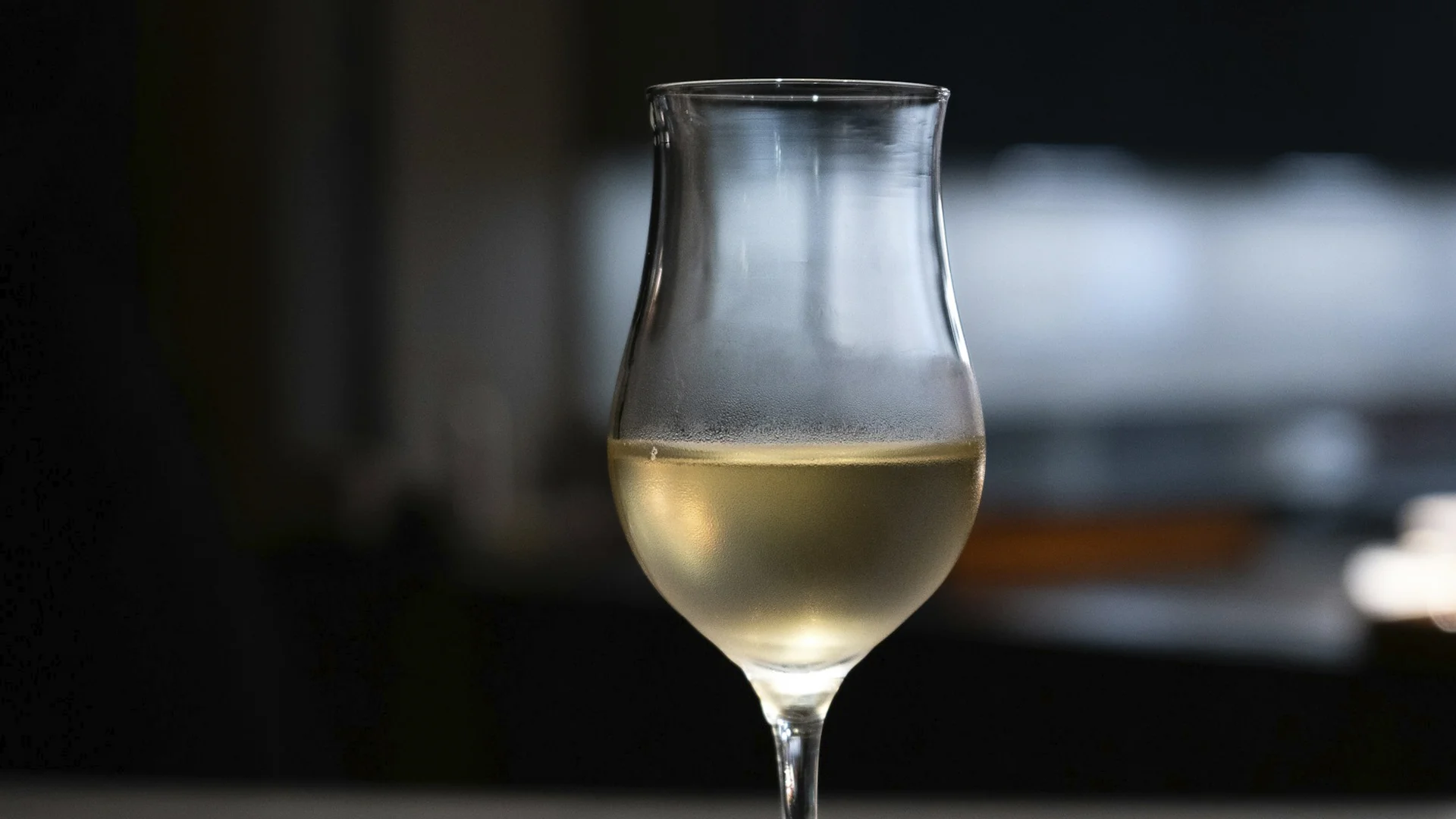
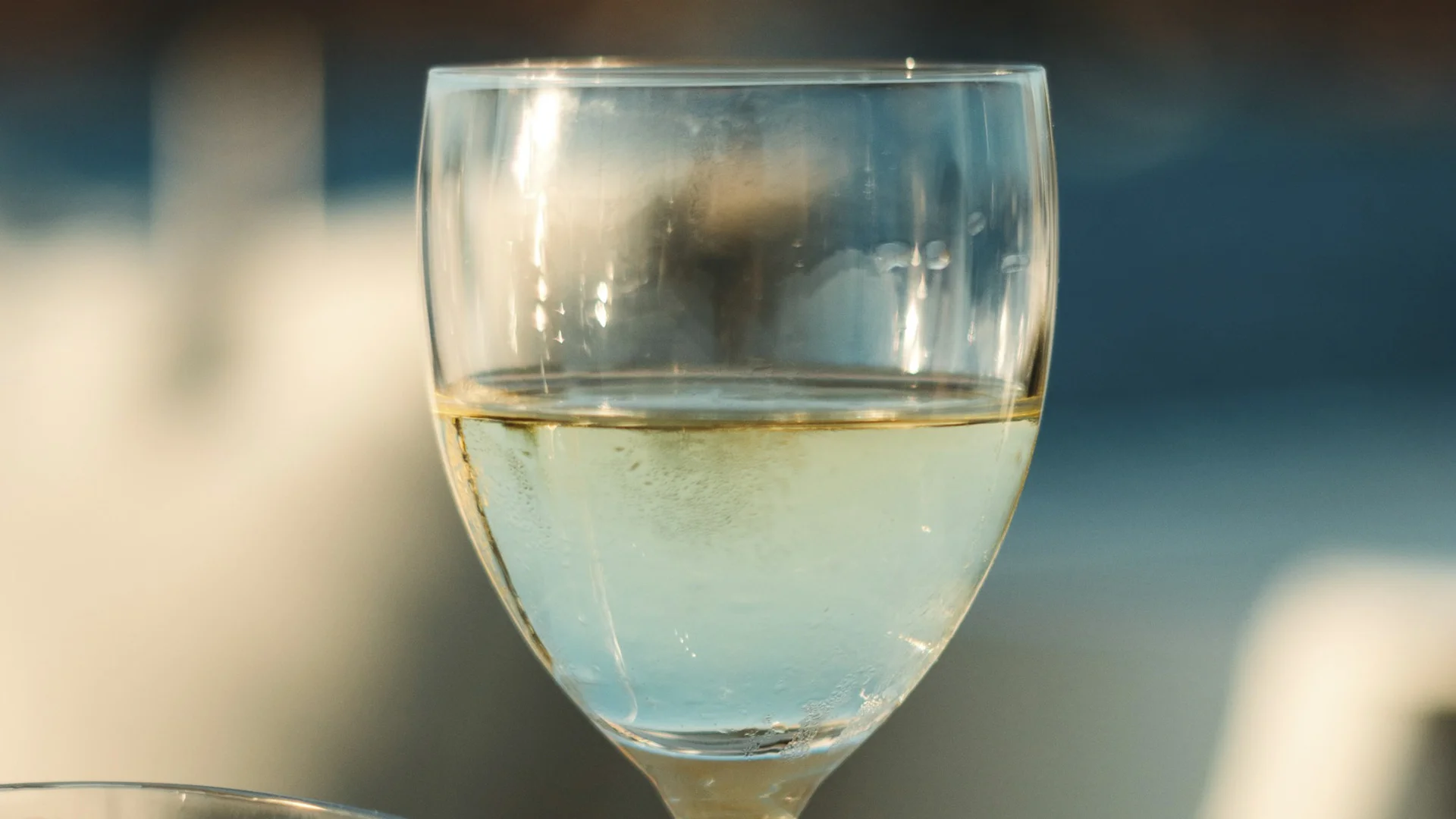
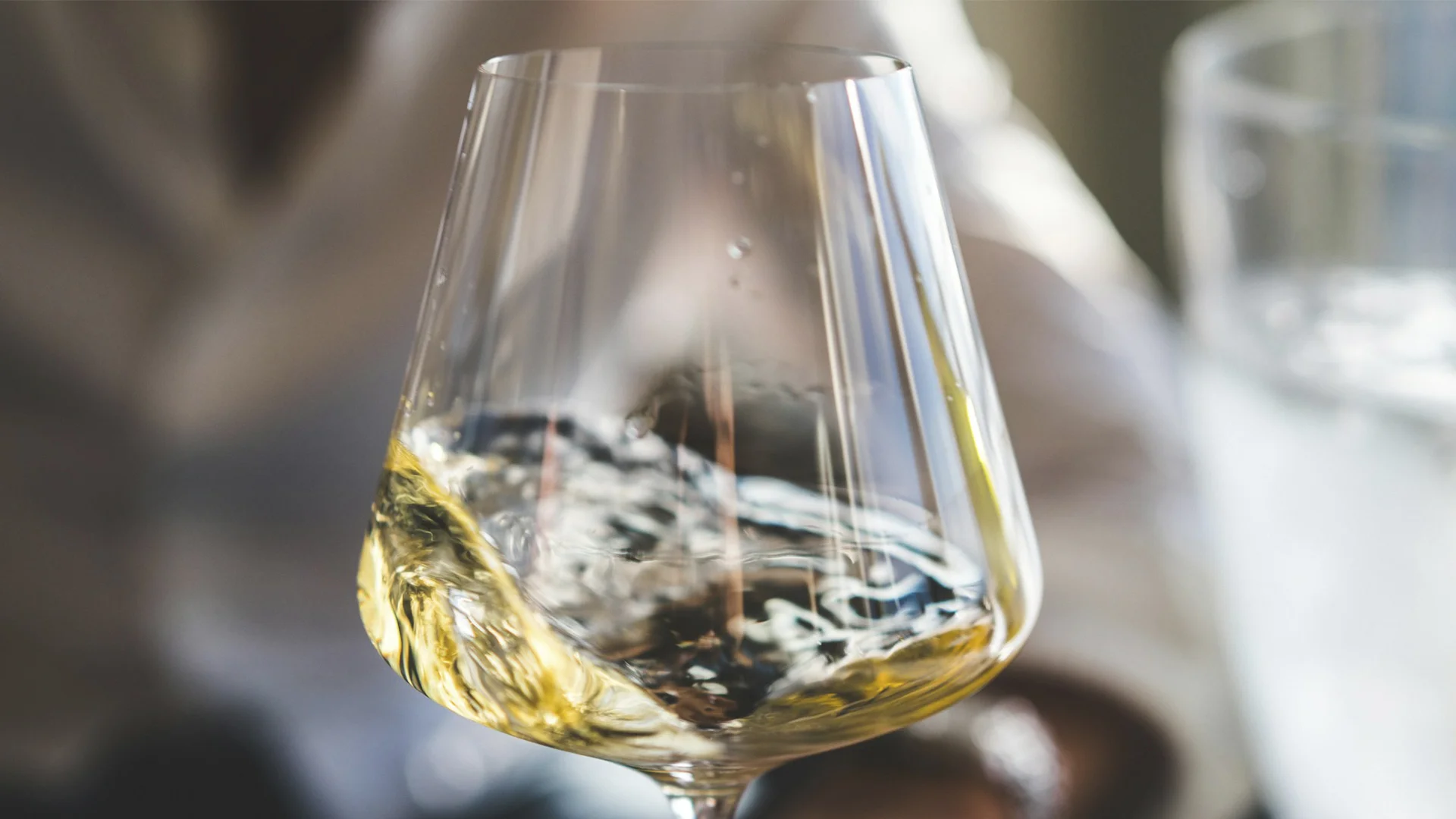
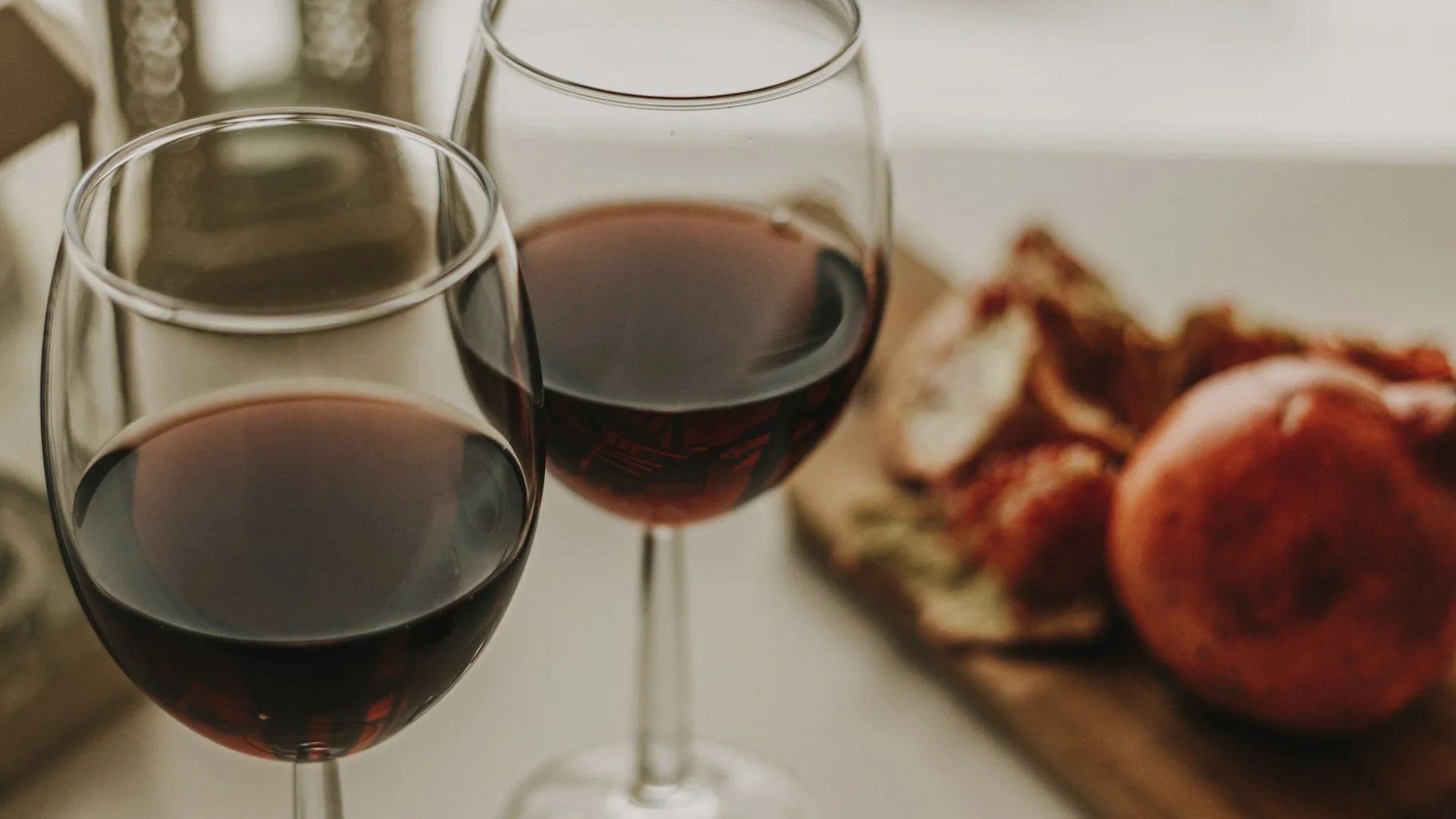
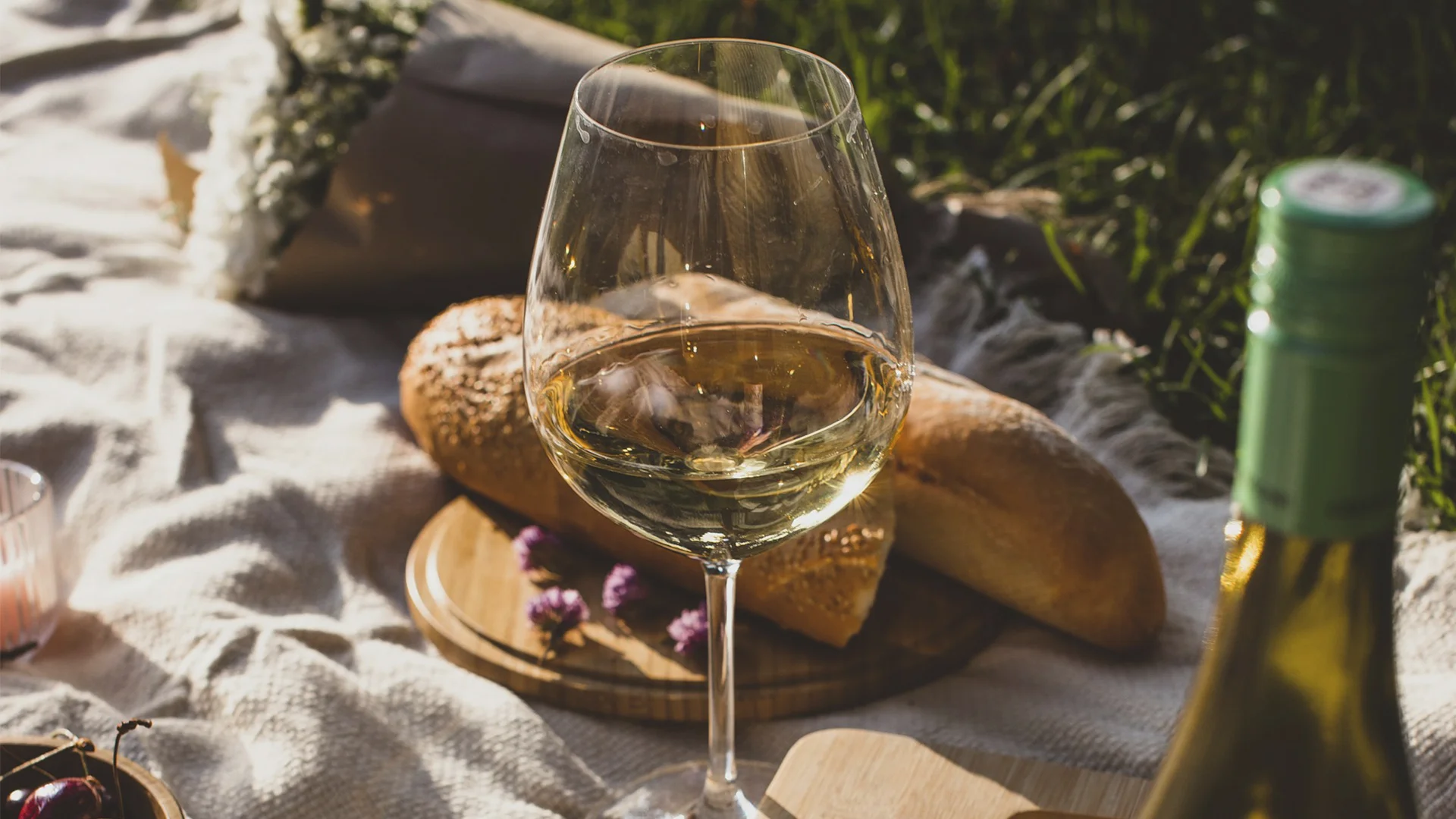
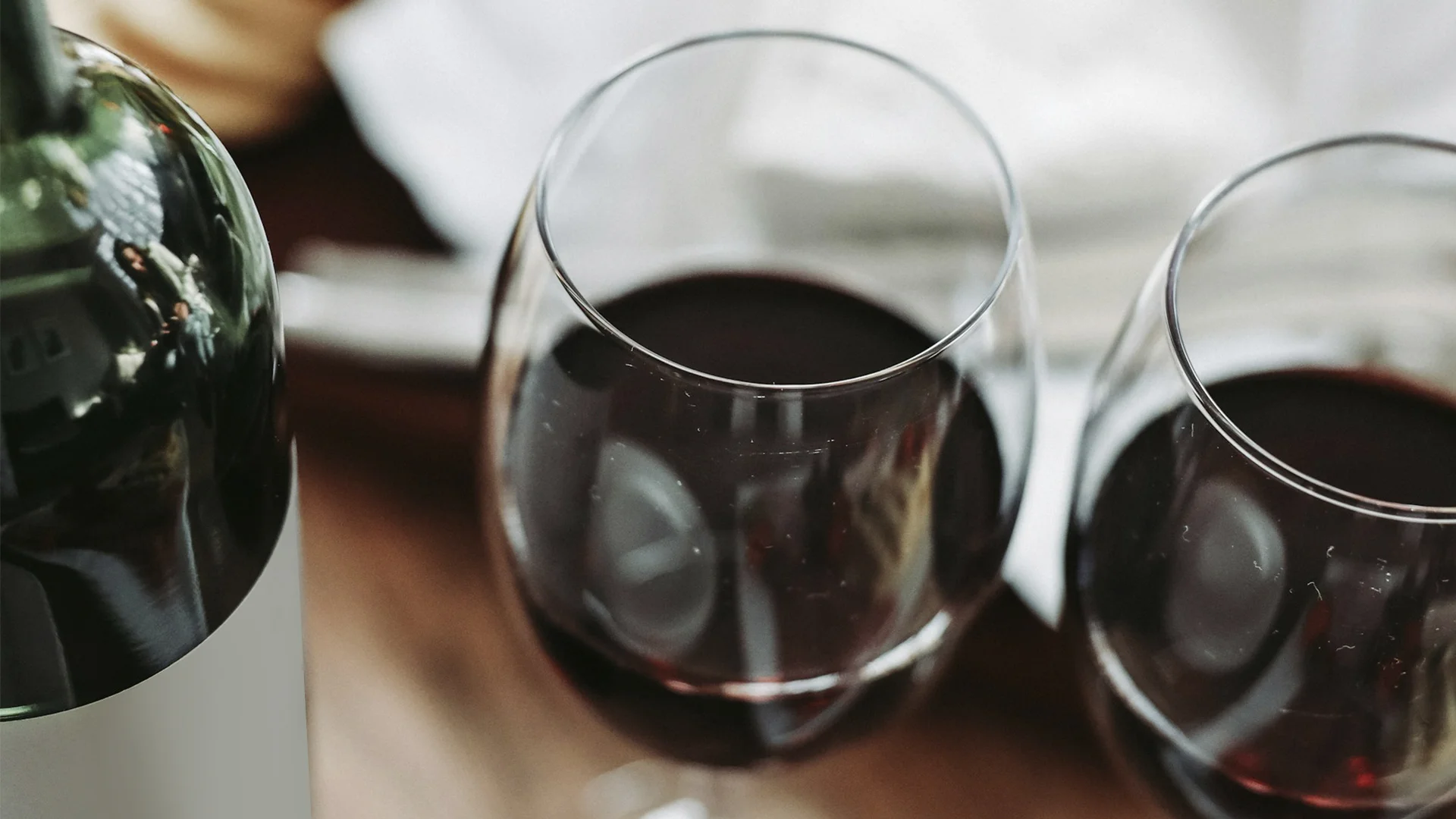
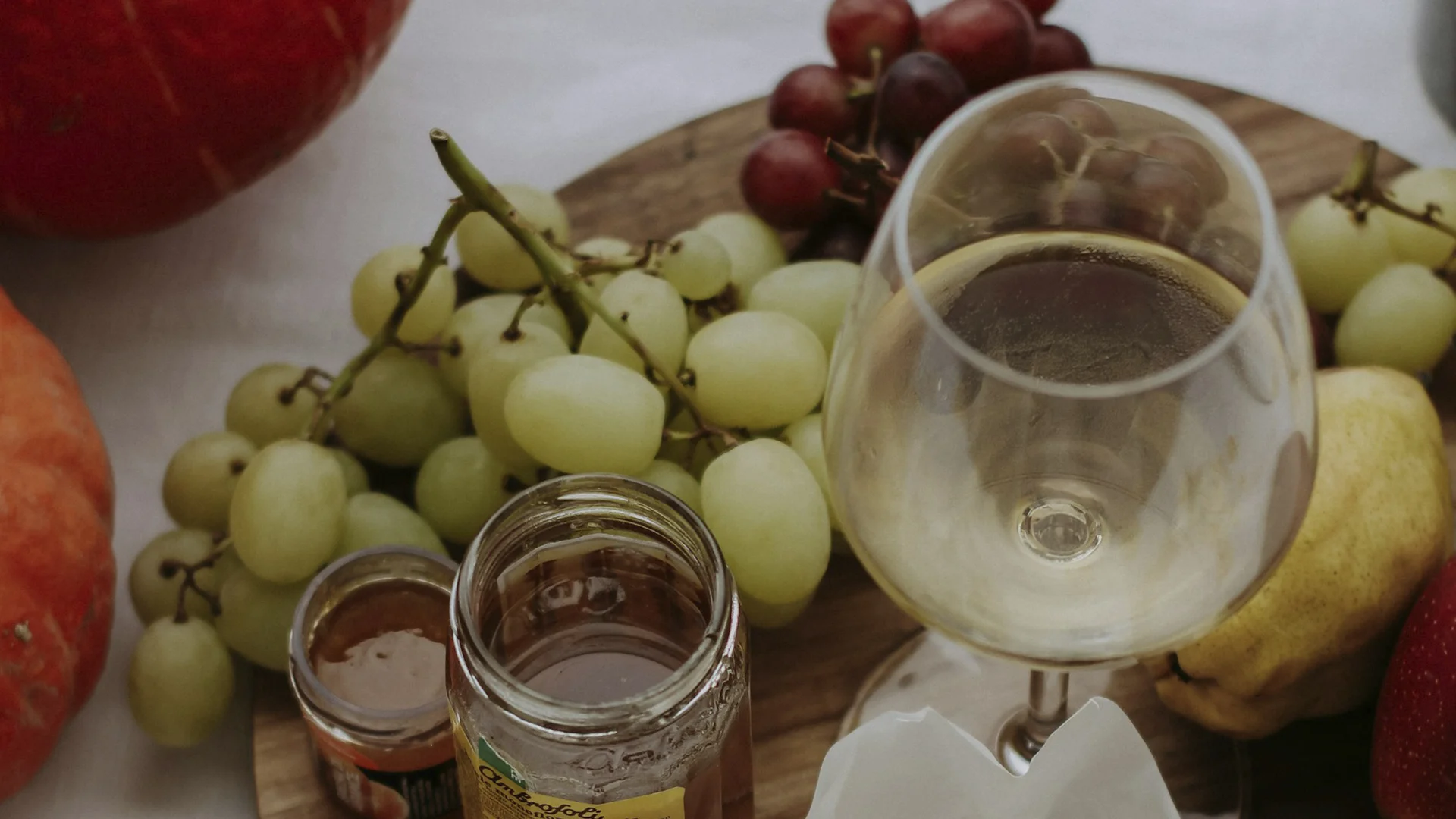
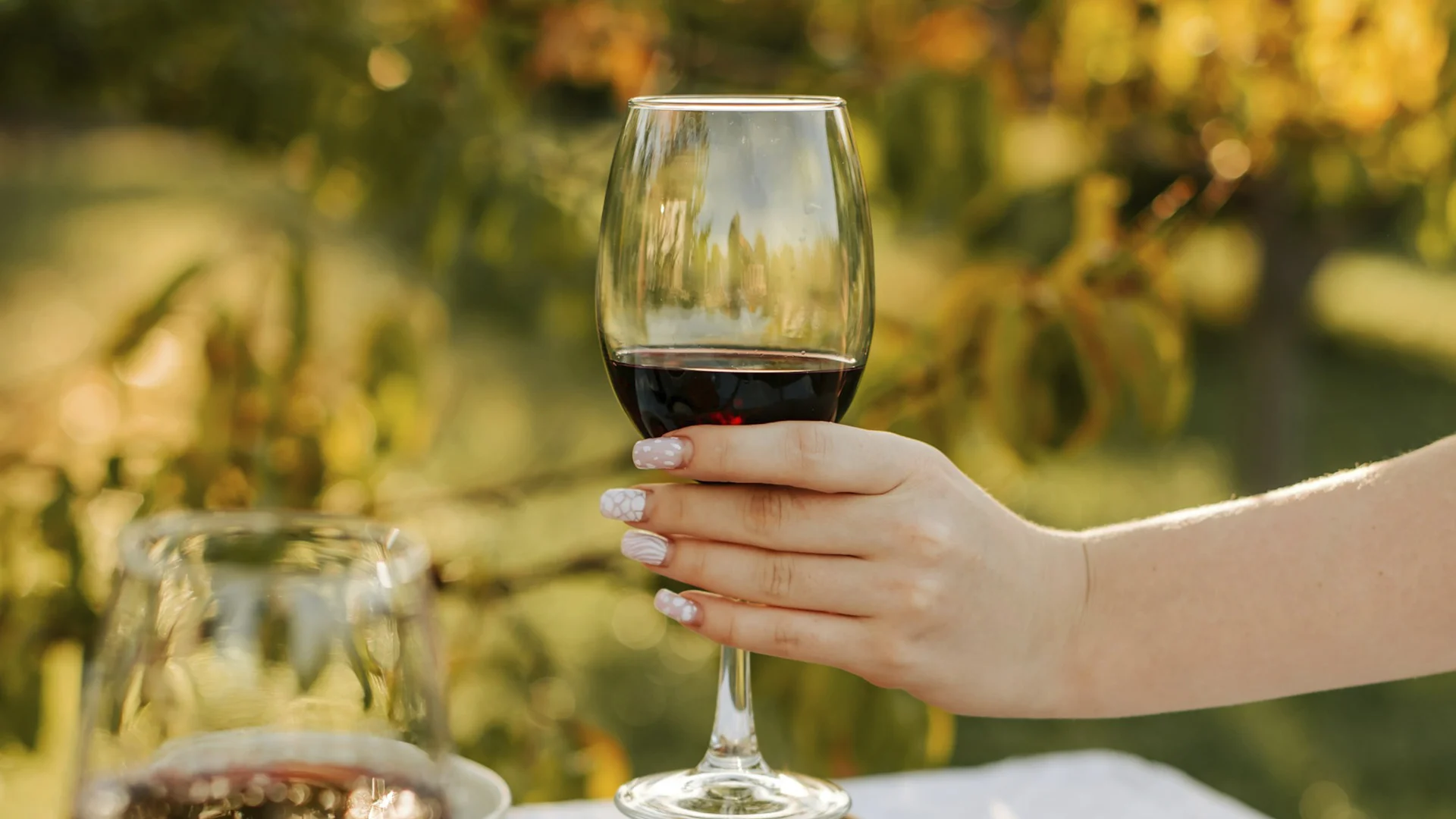

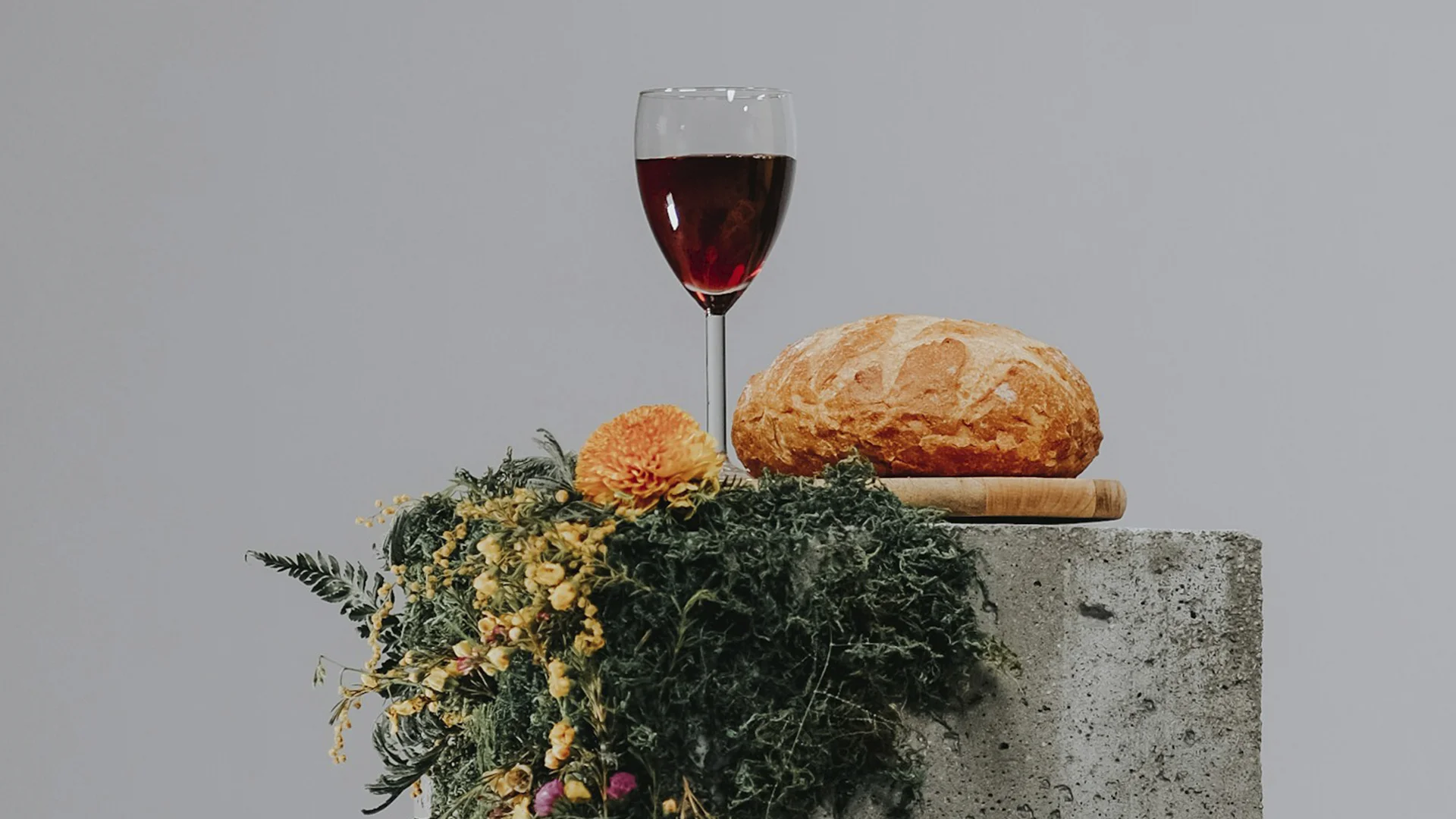


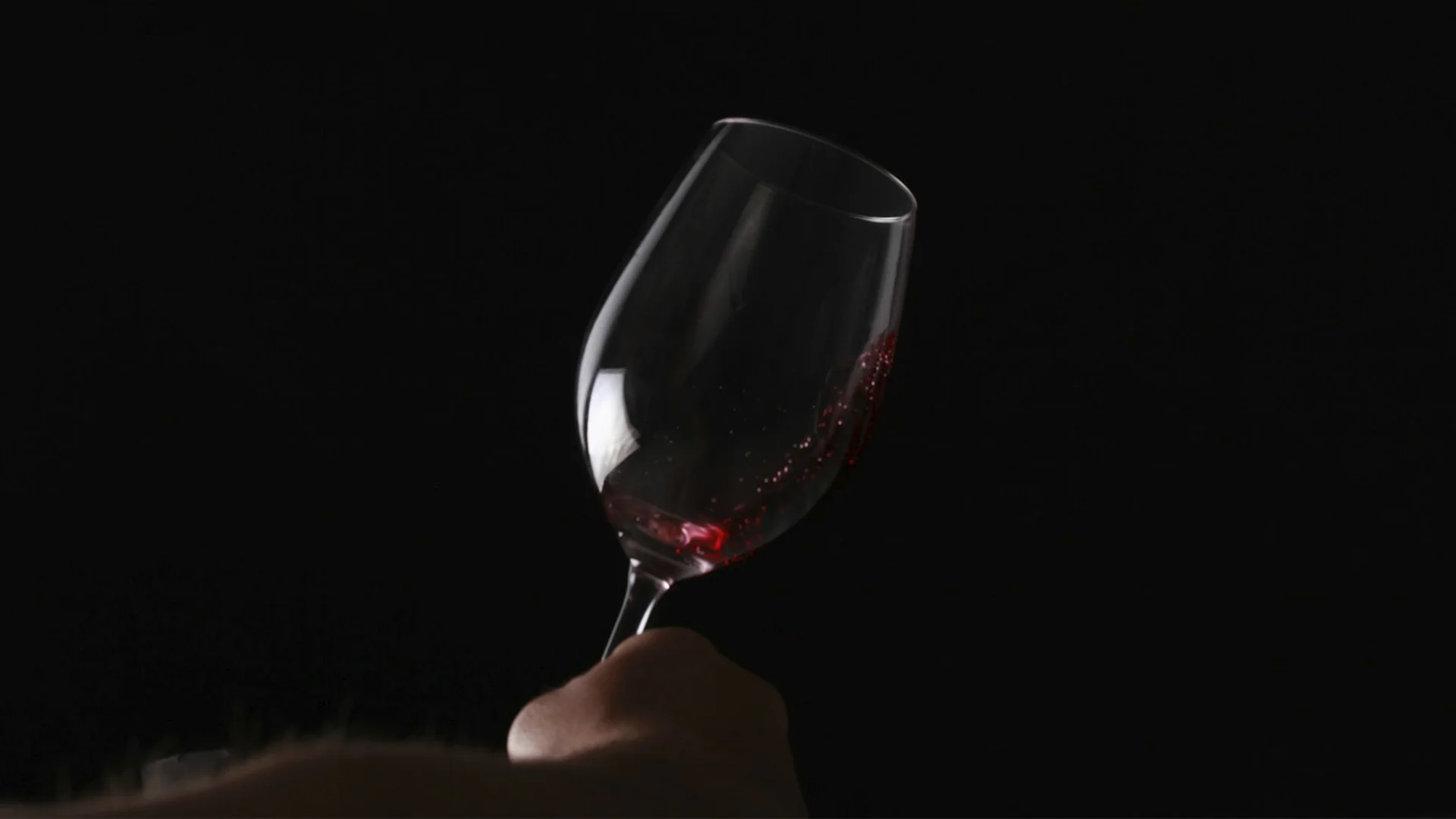
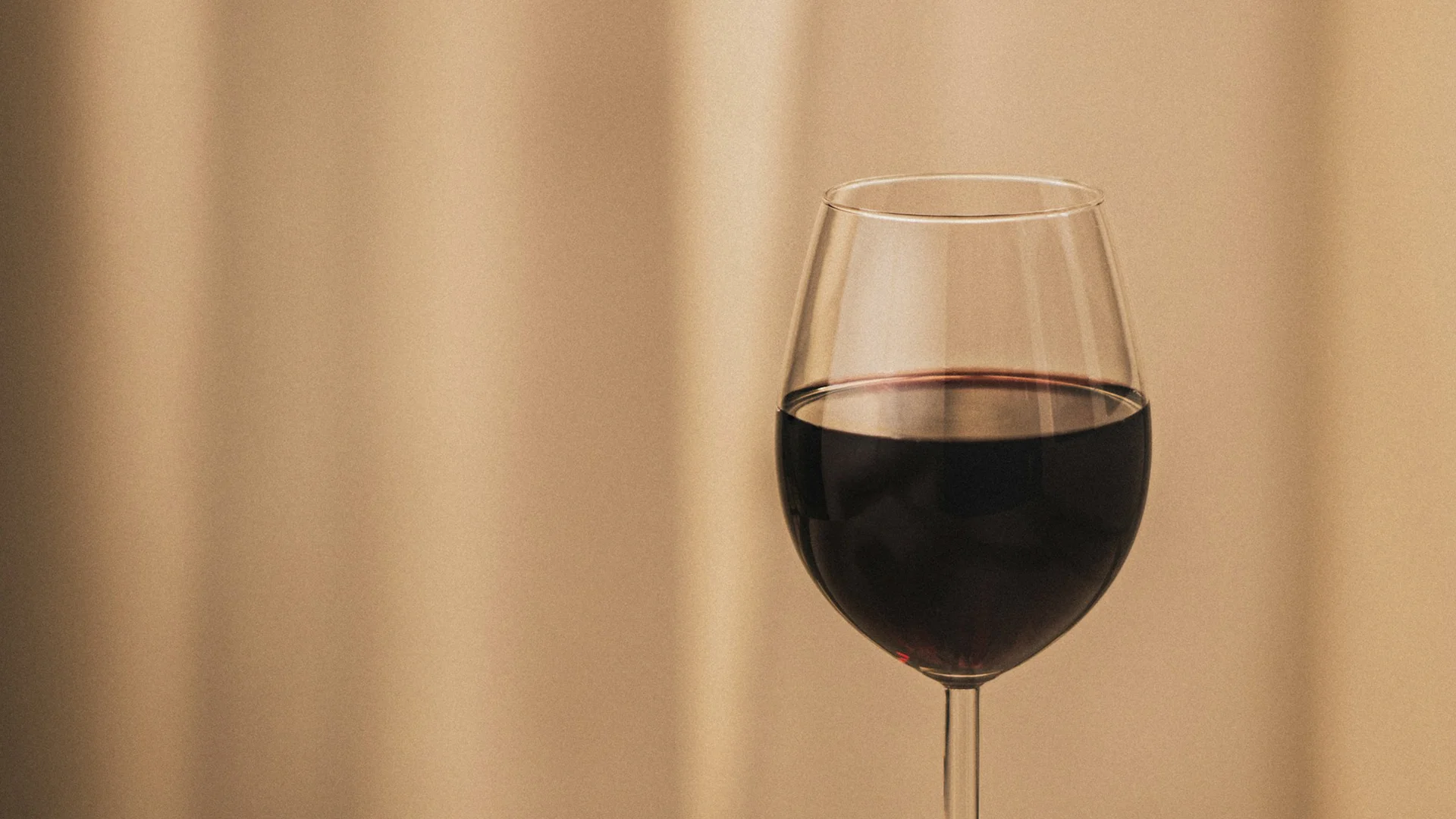
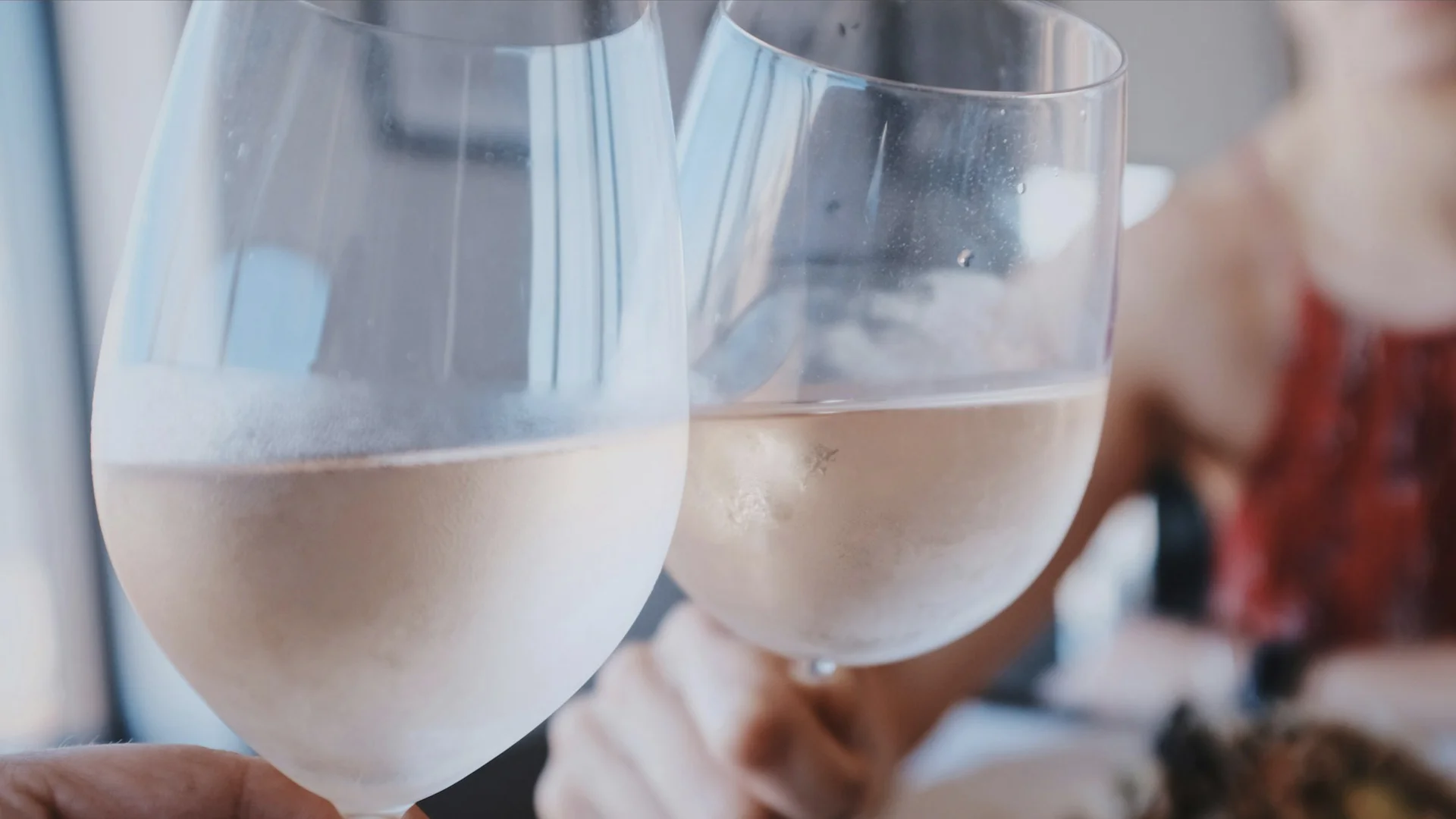

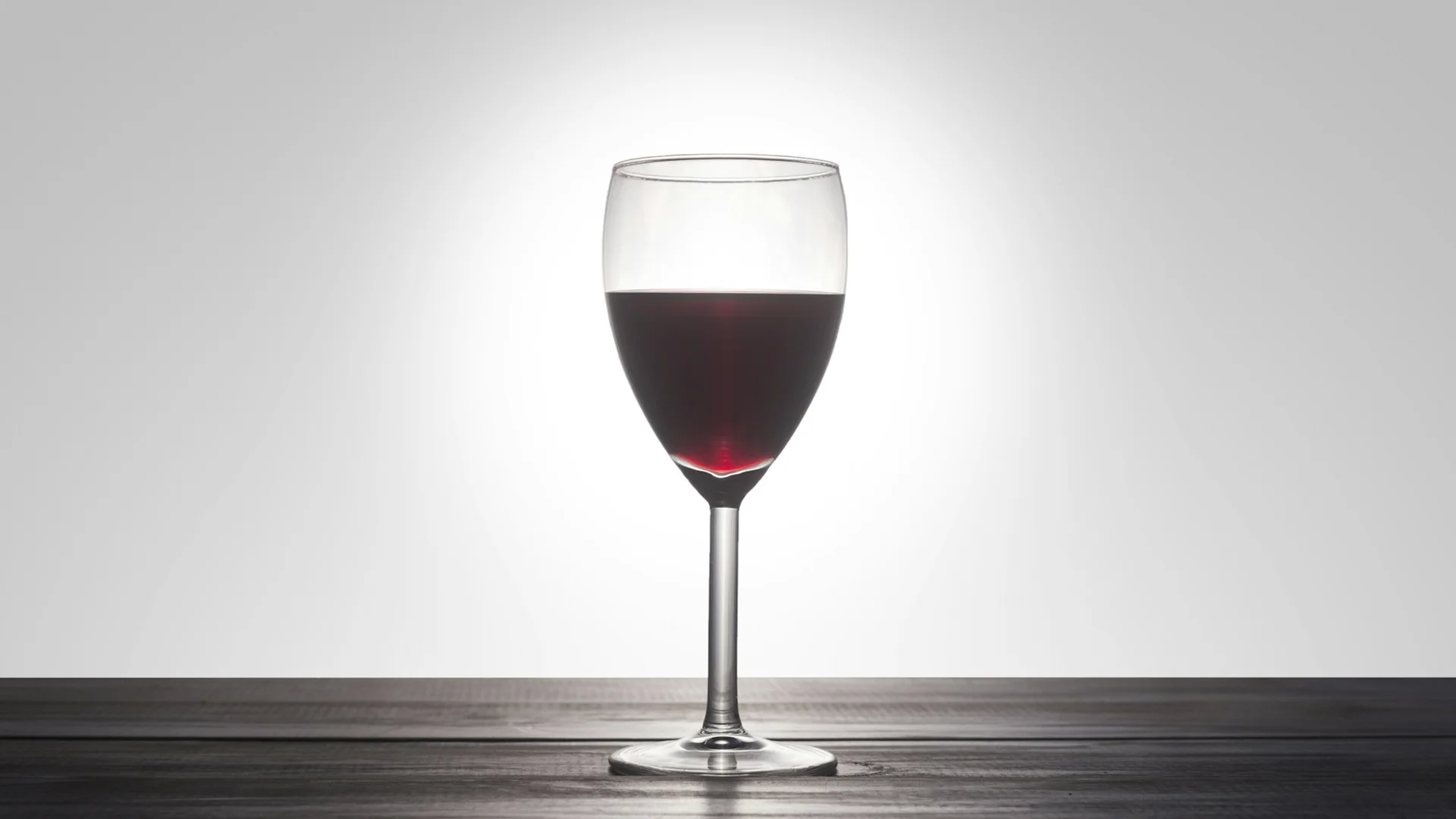


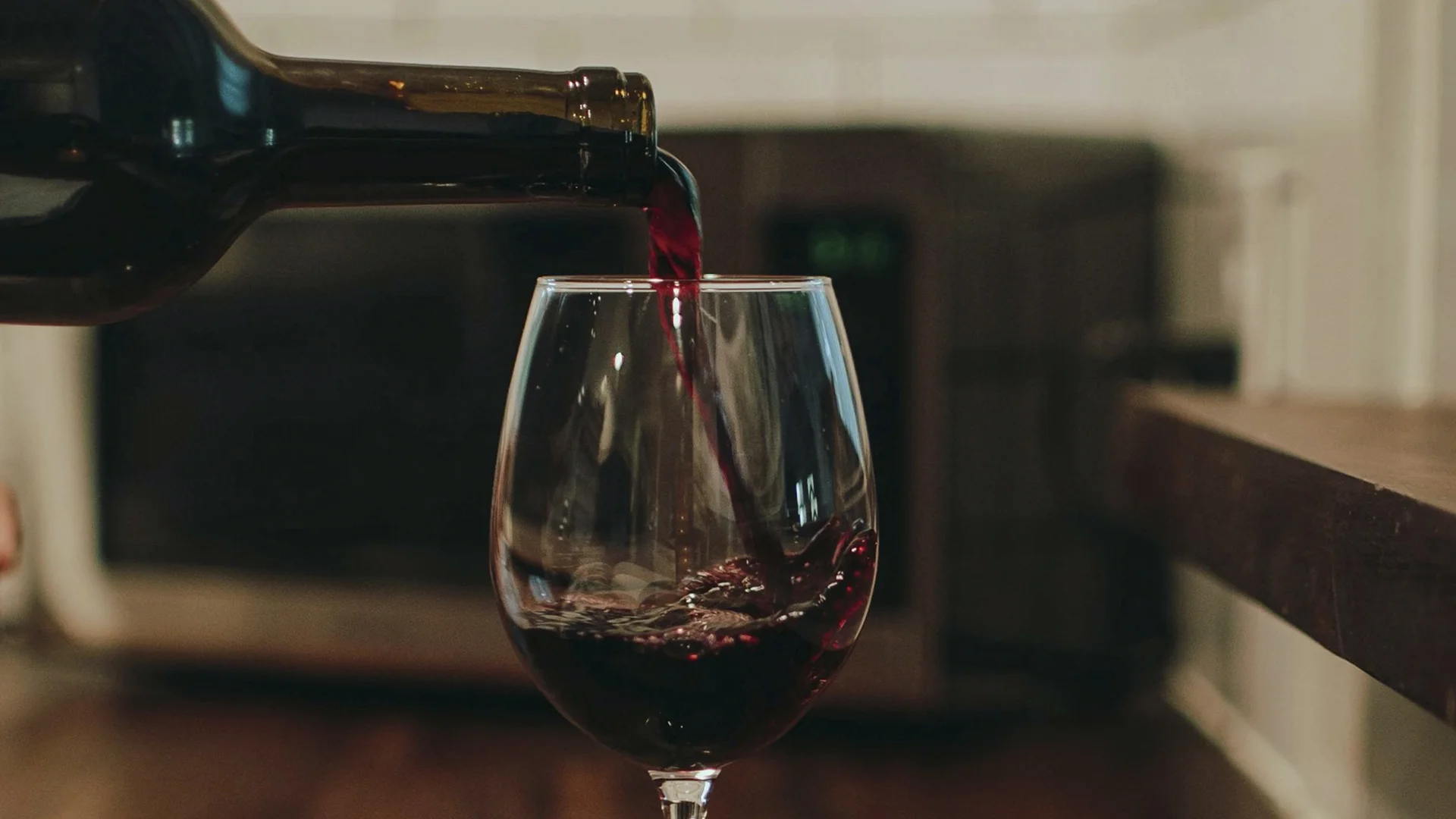
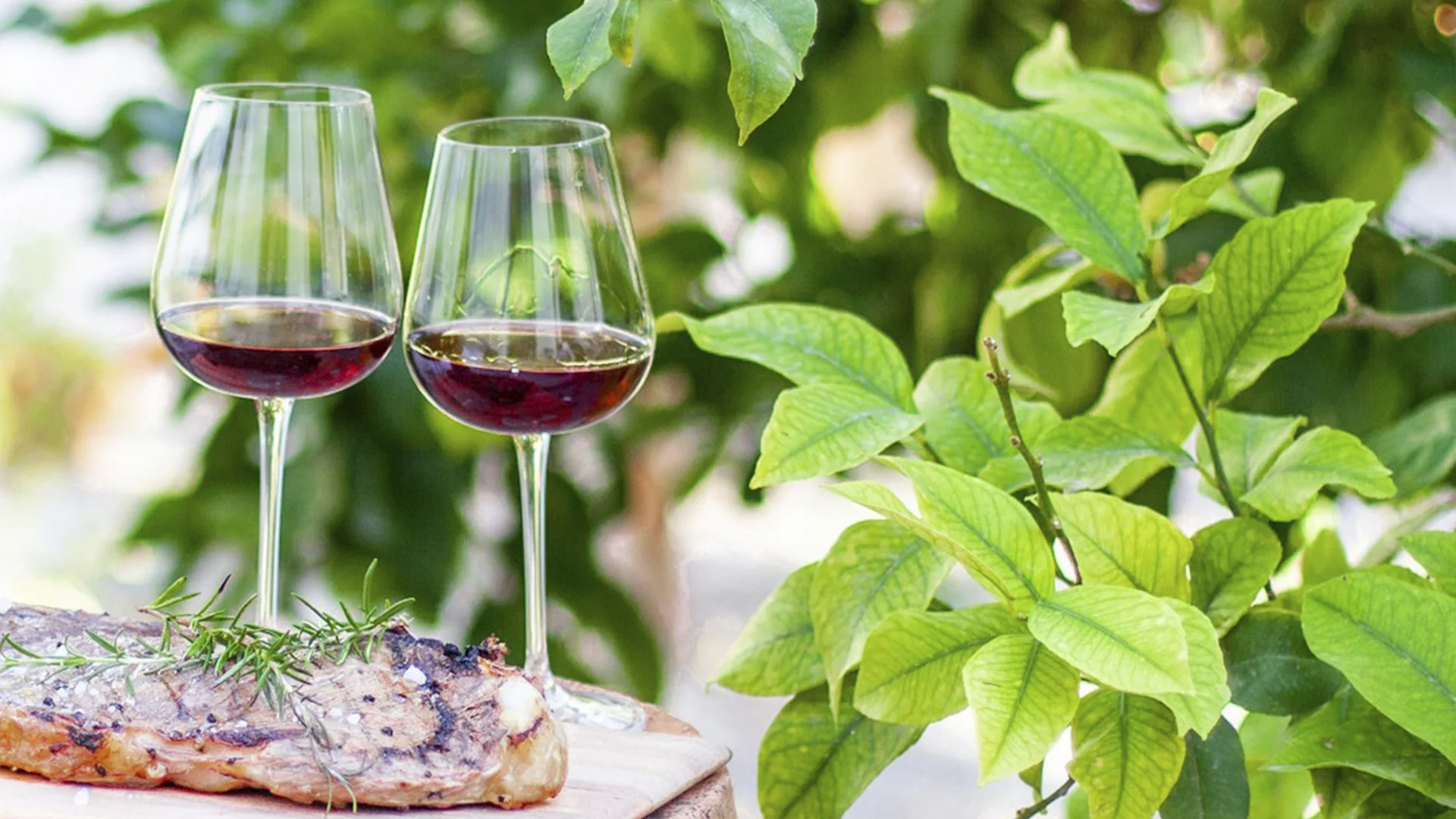
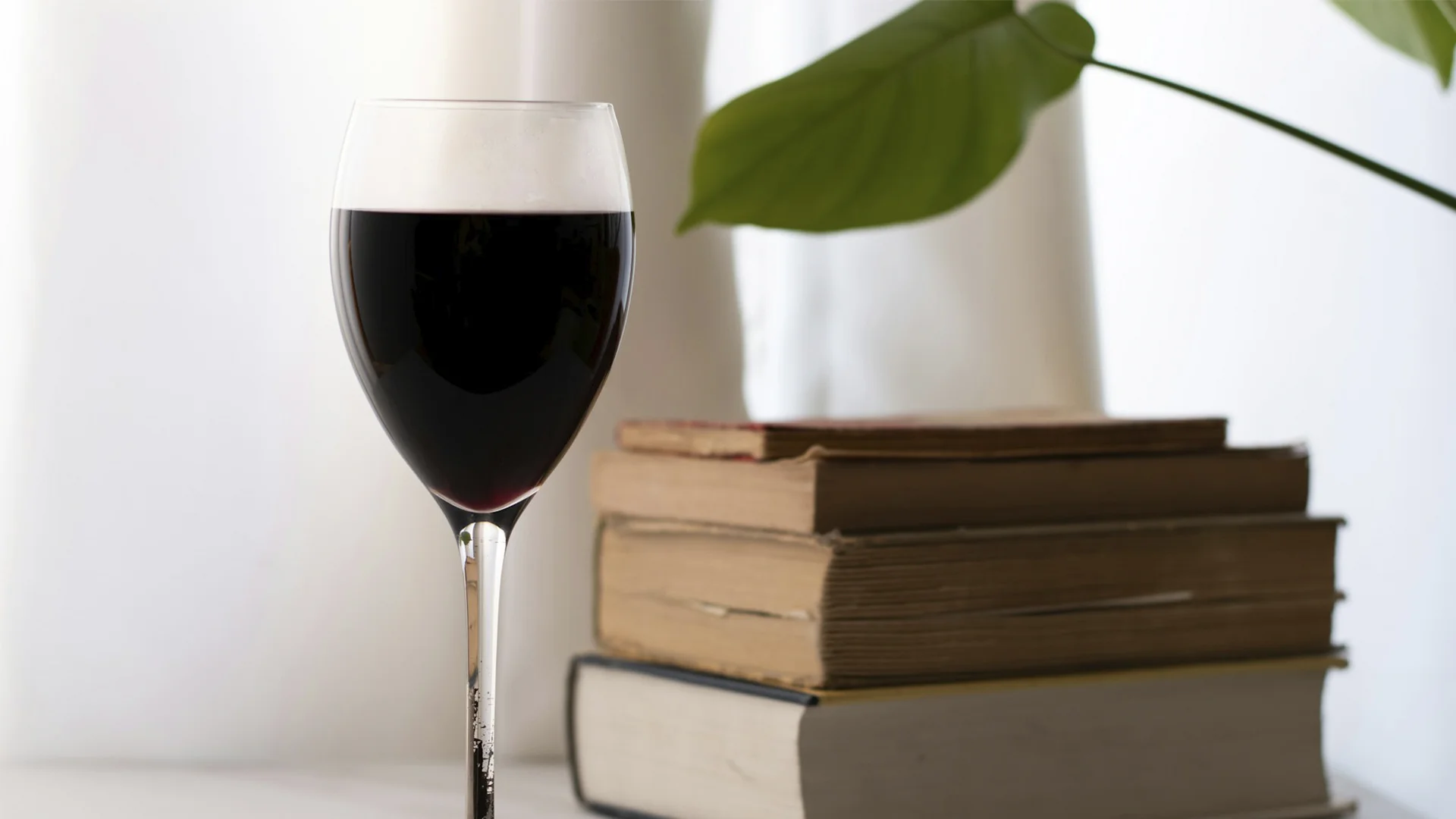
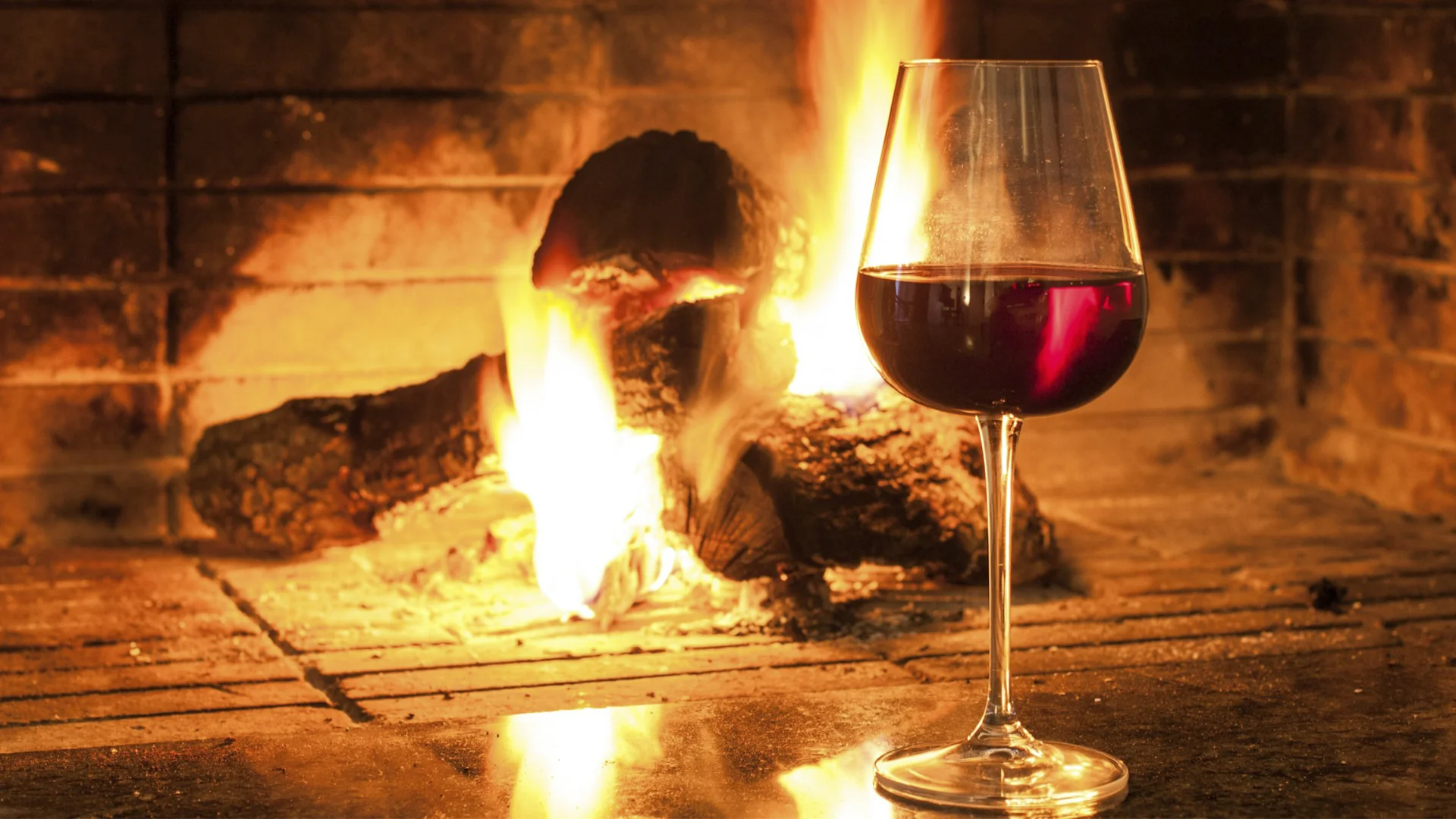
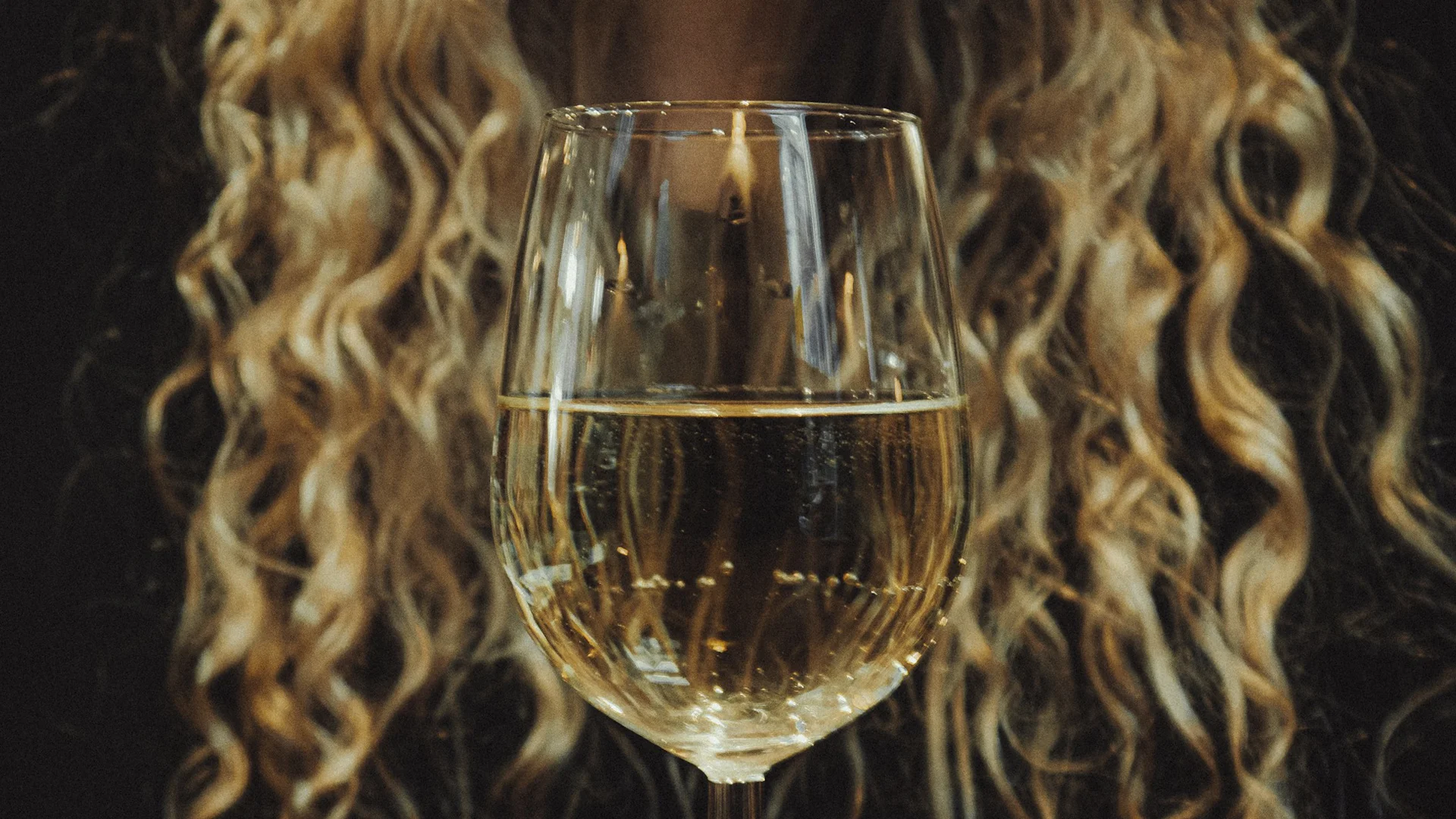

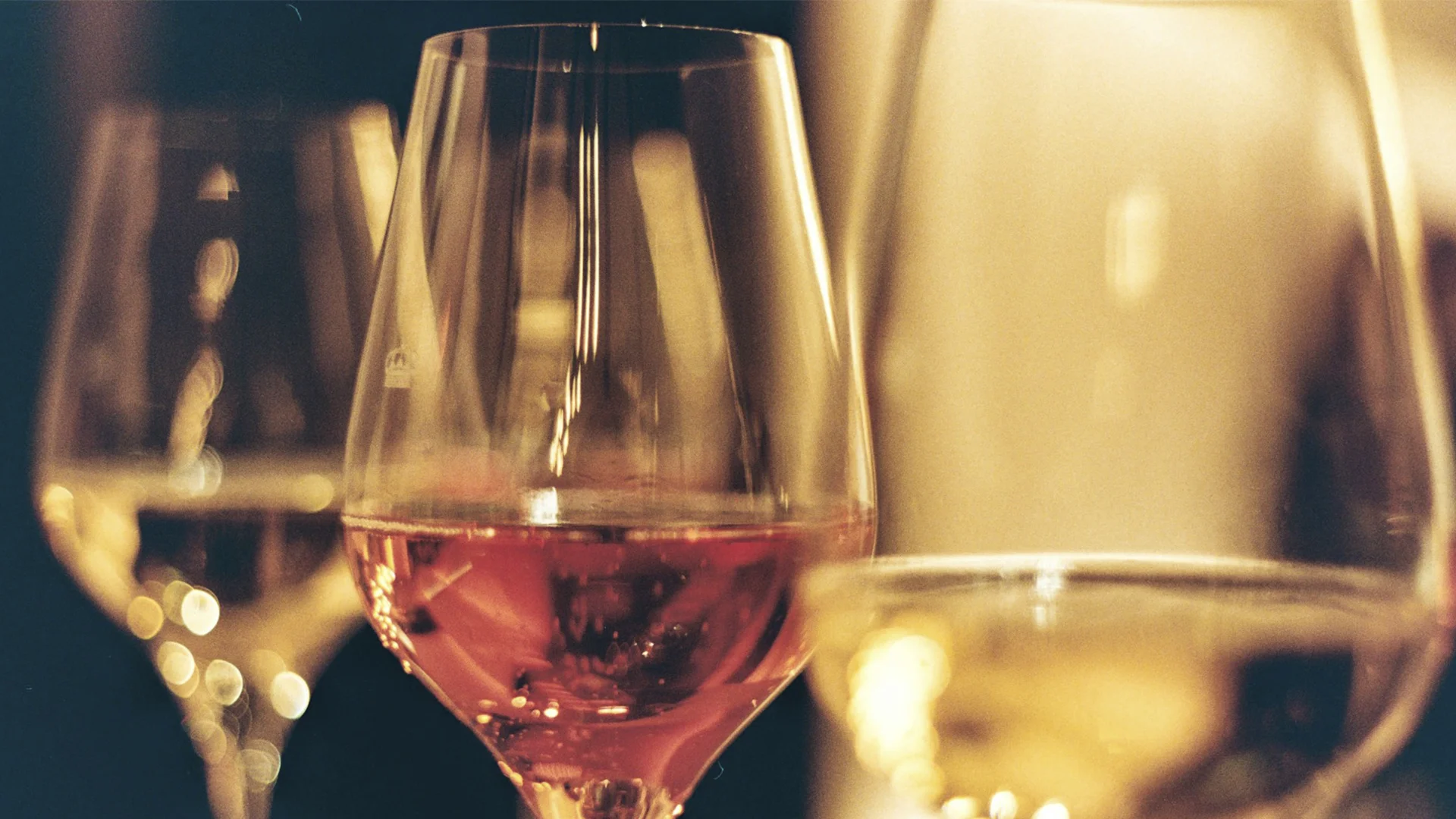
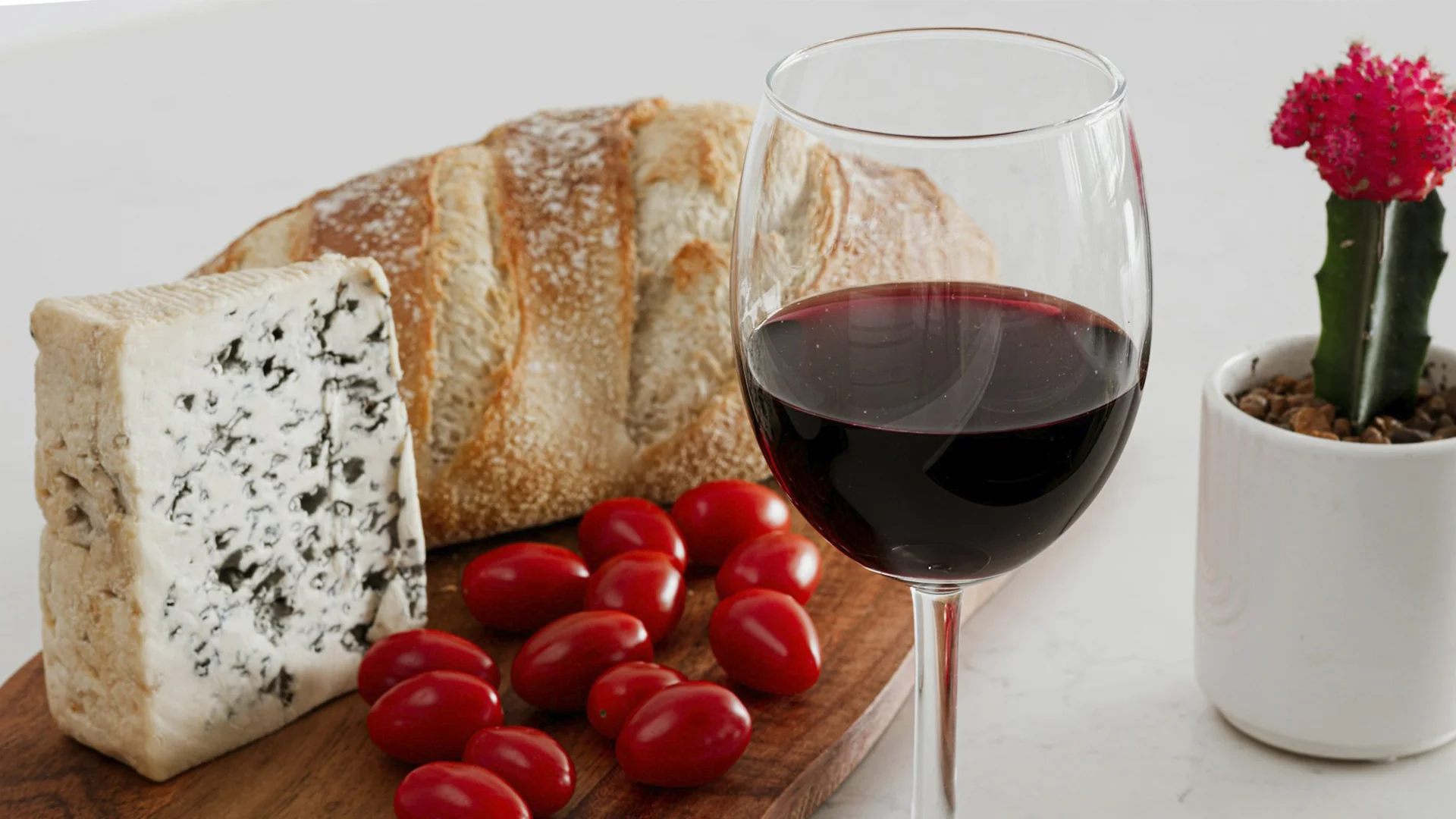



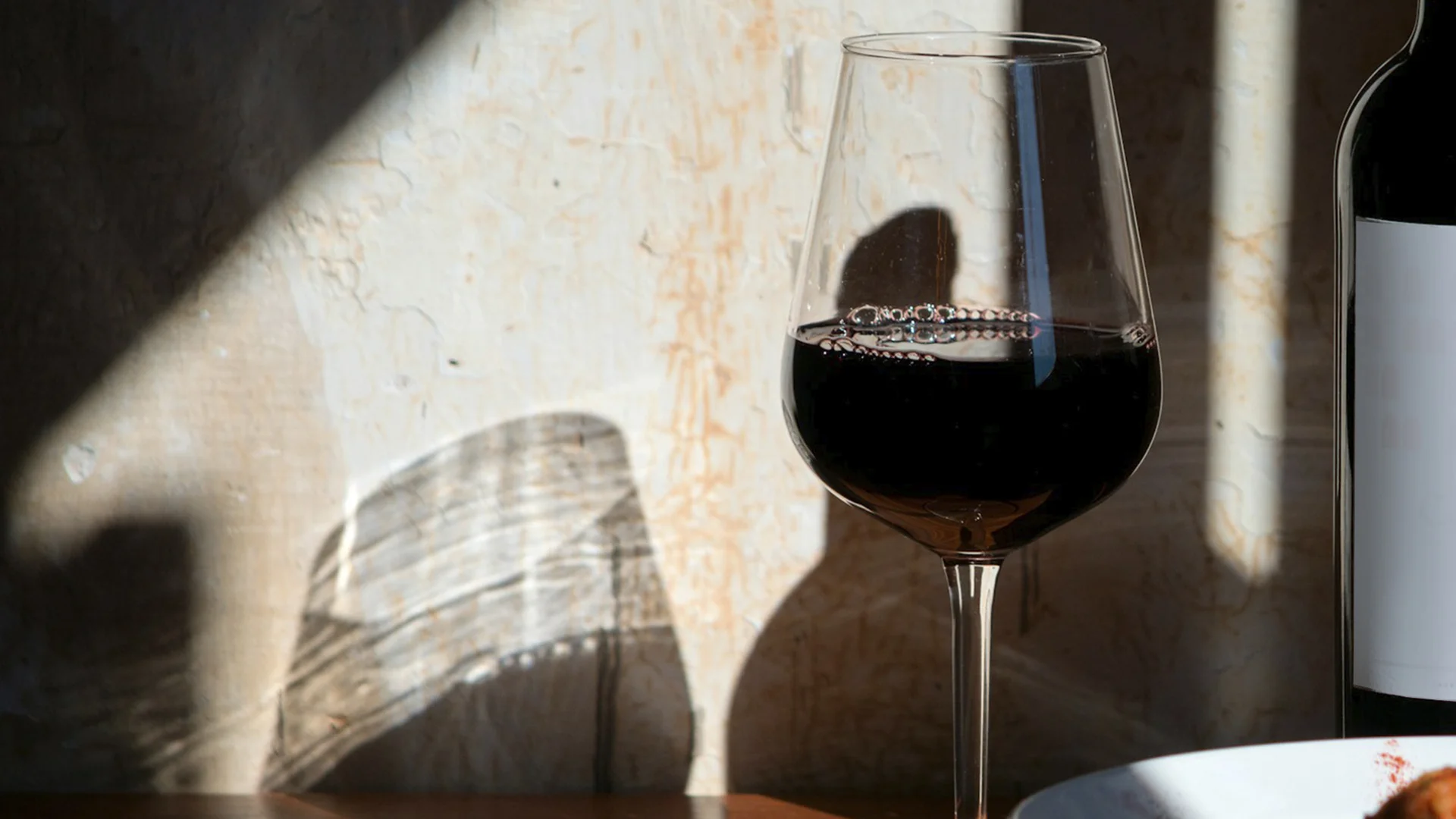
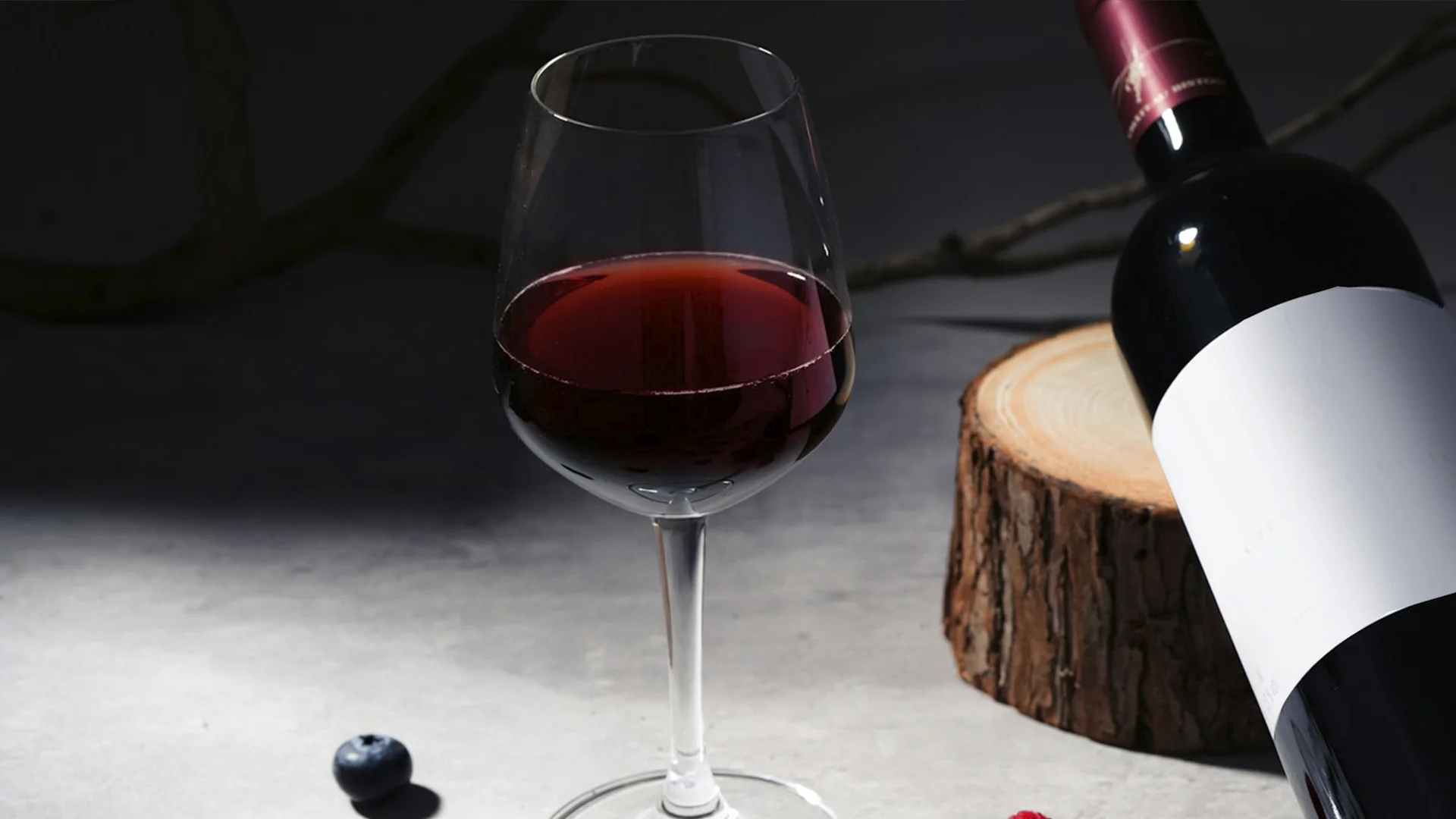
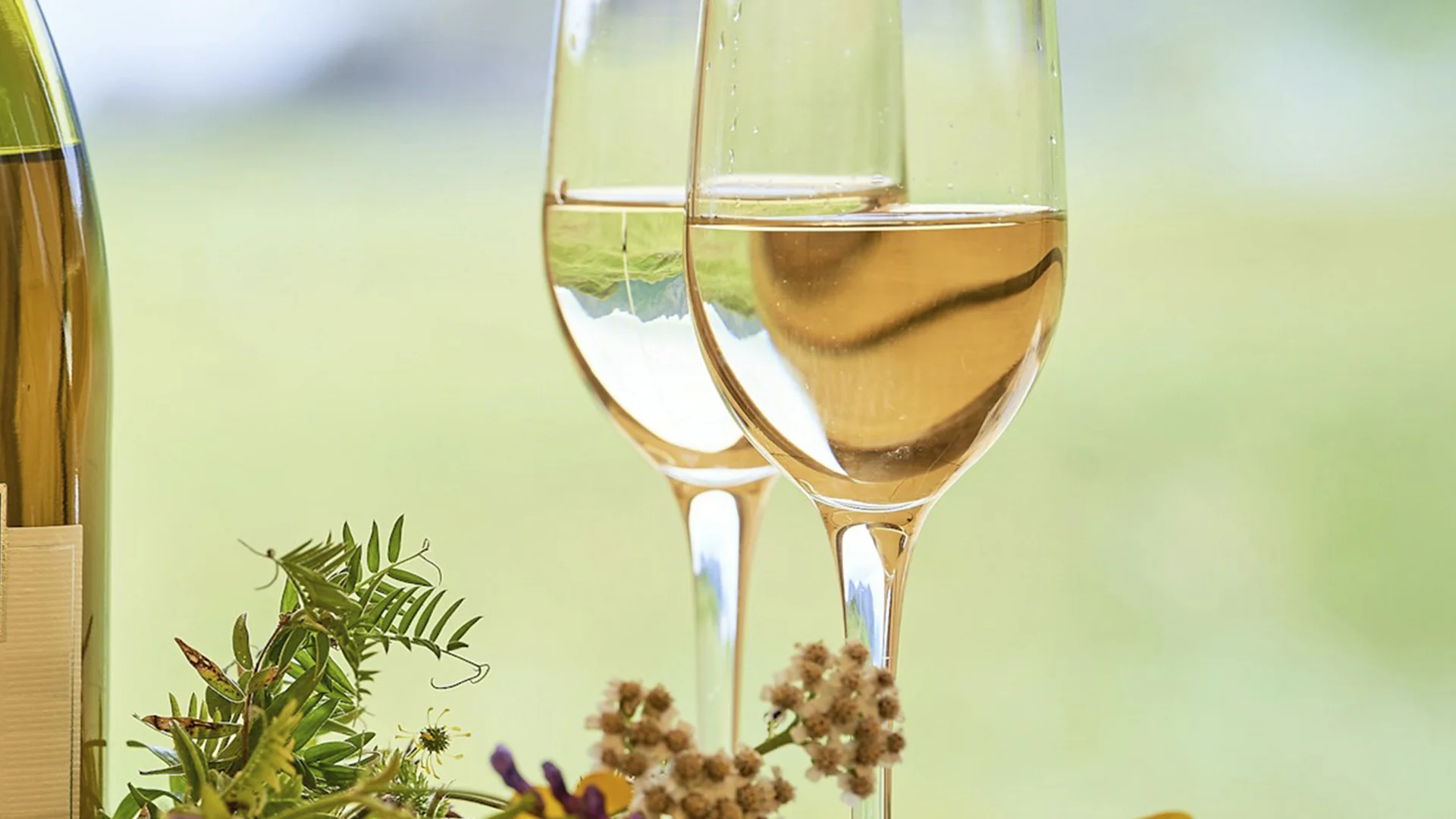
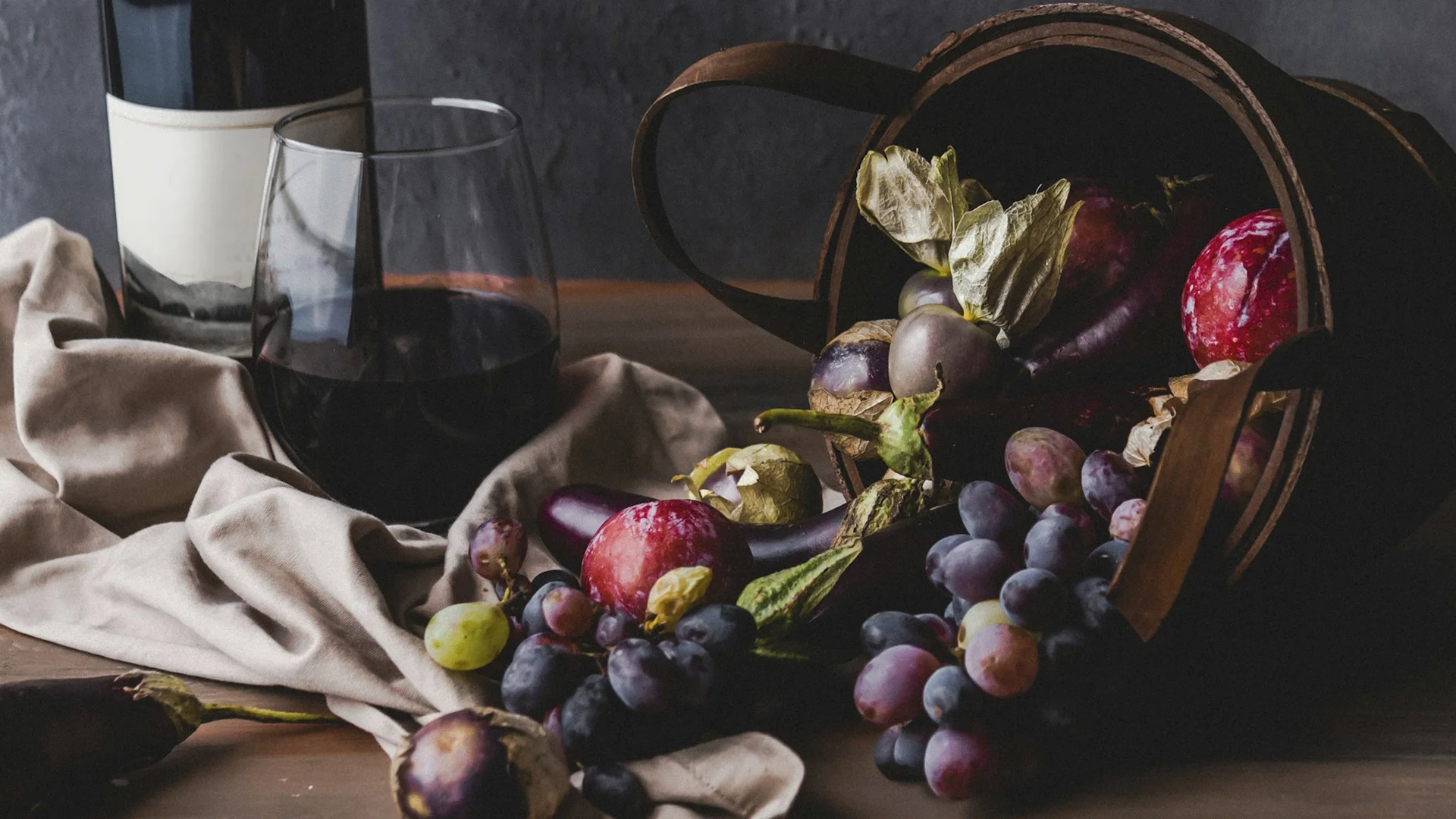
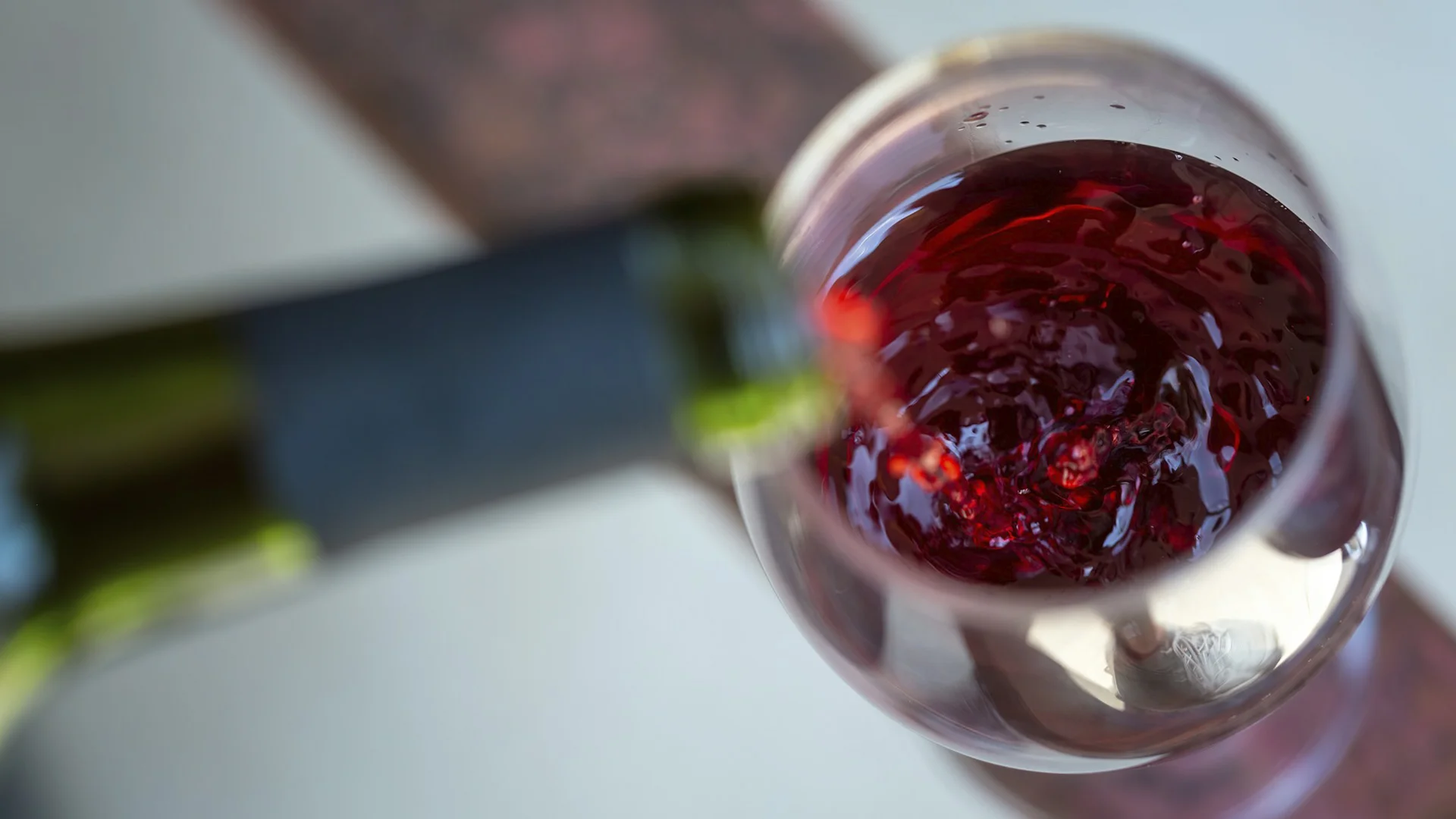
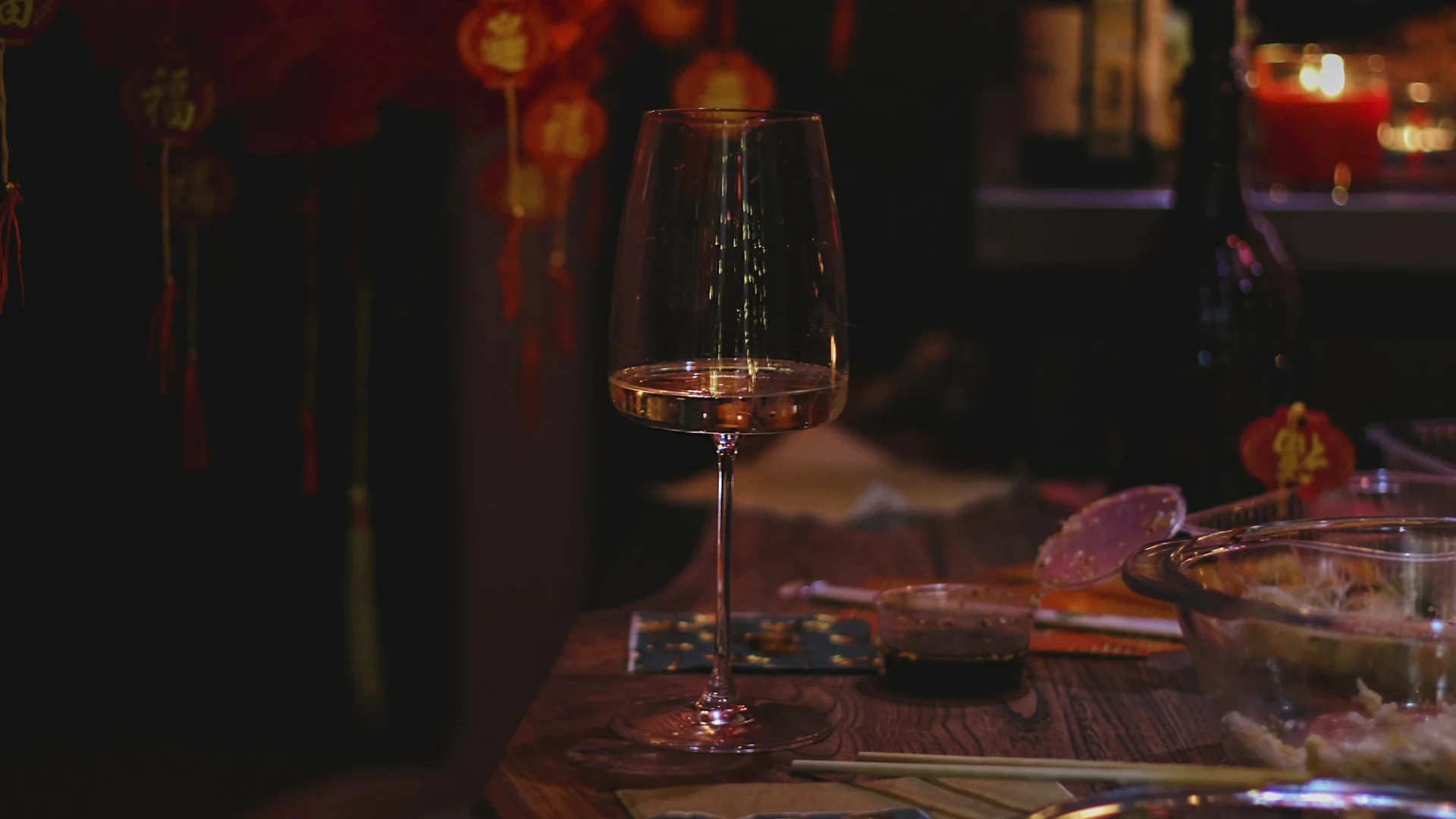






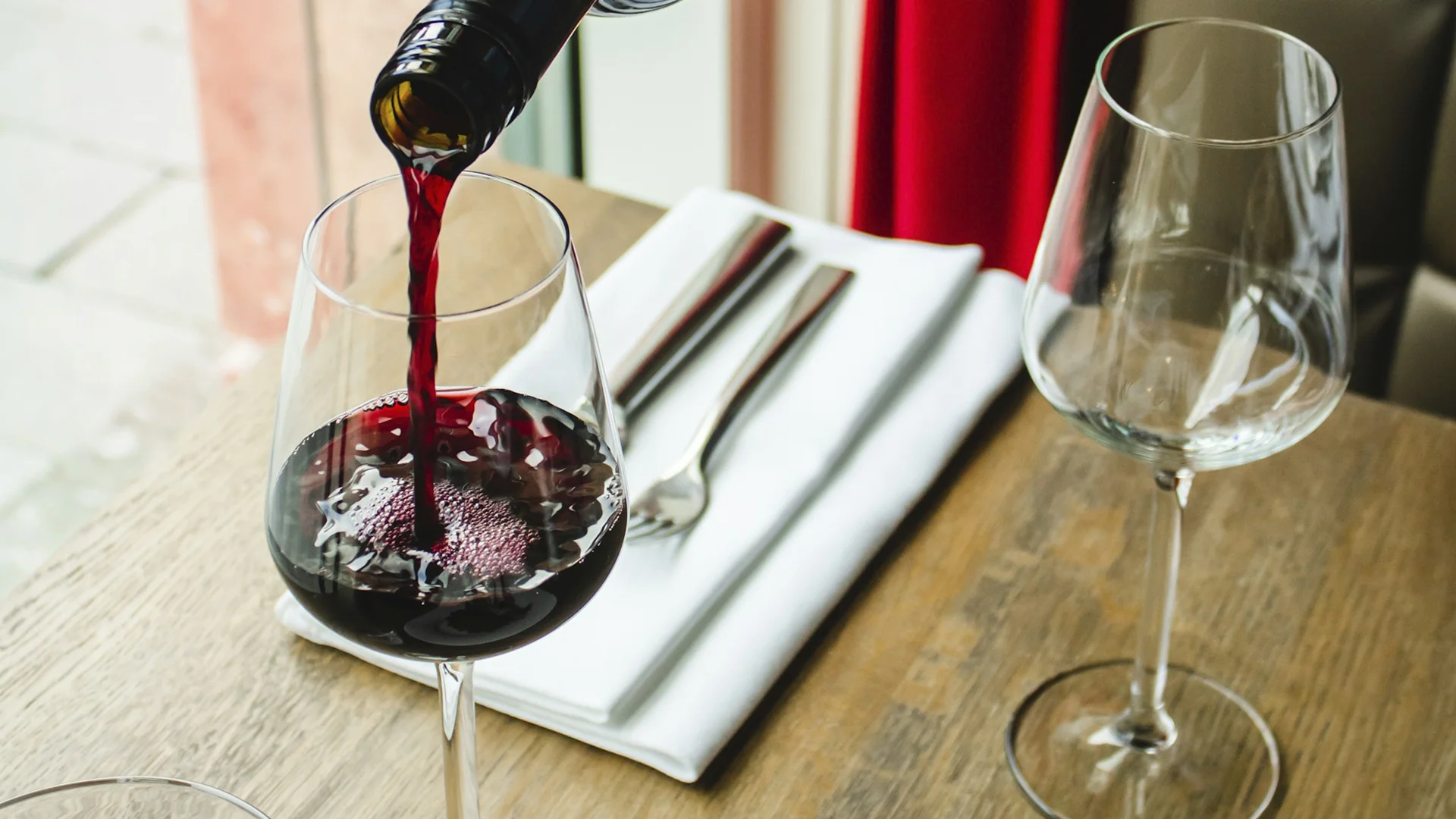












.webp)

.webp)
.webp)
.webp)



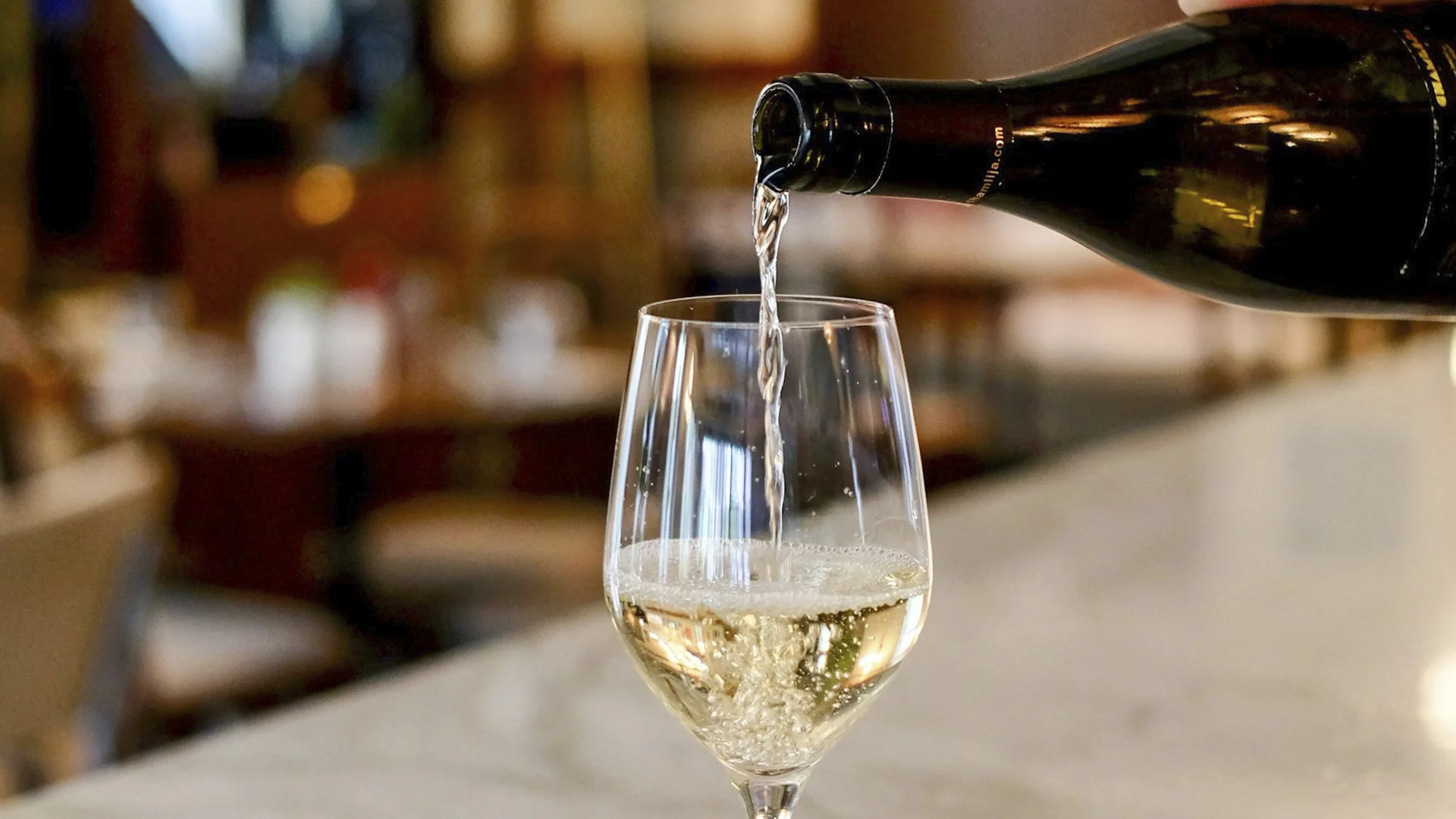


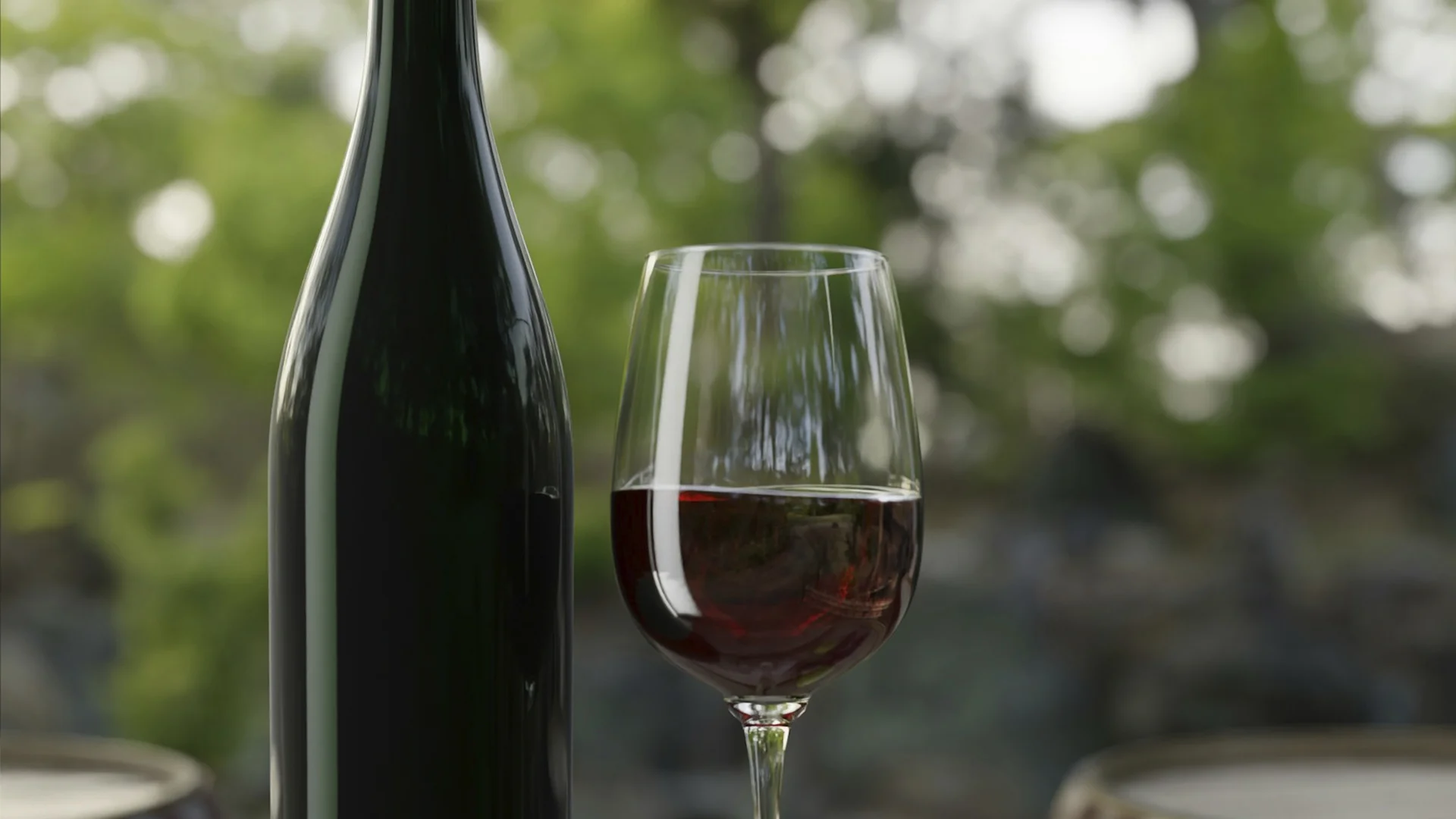



















.webp)













Are you interested in
collaborating with us?